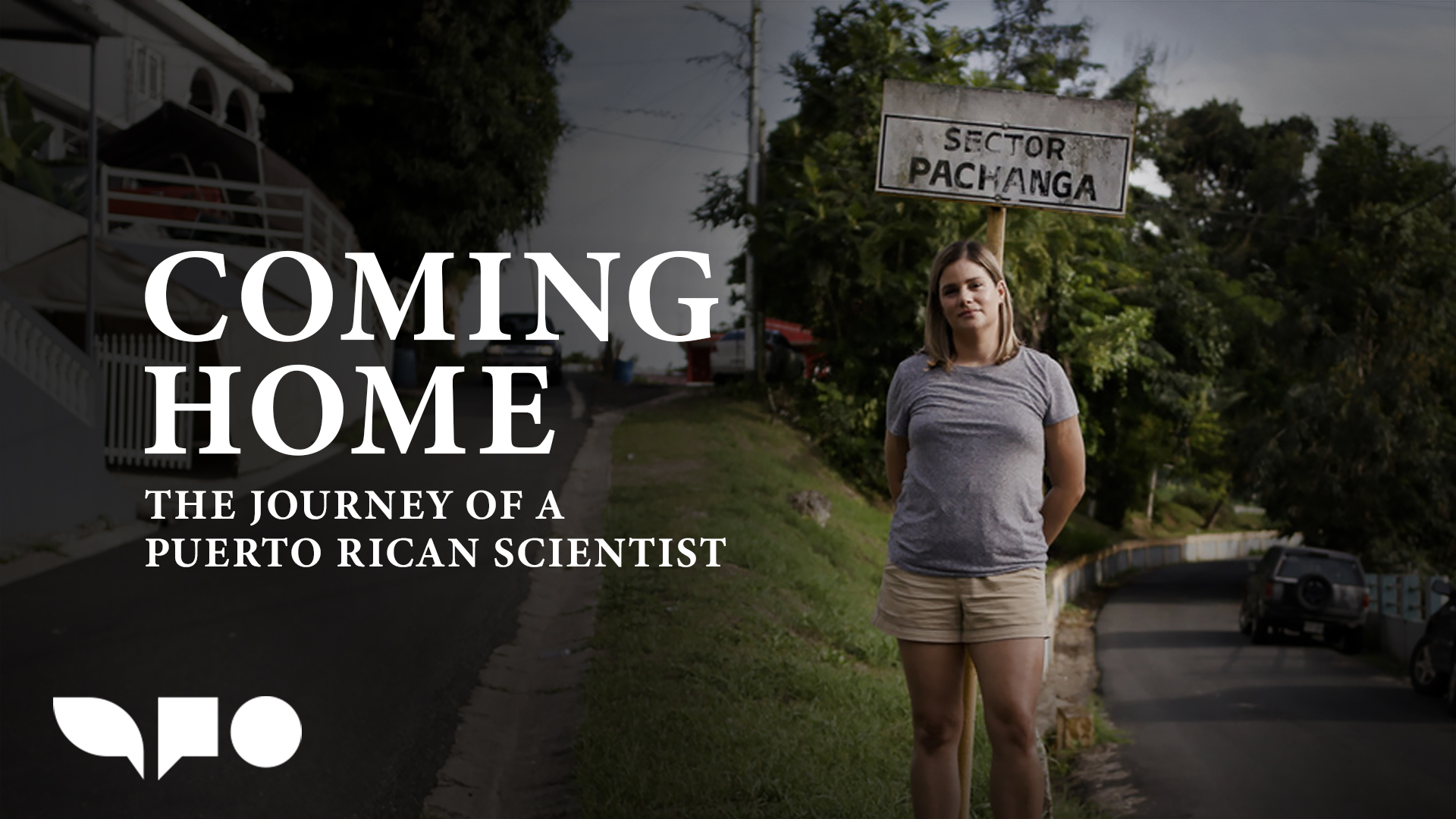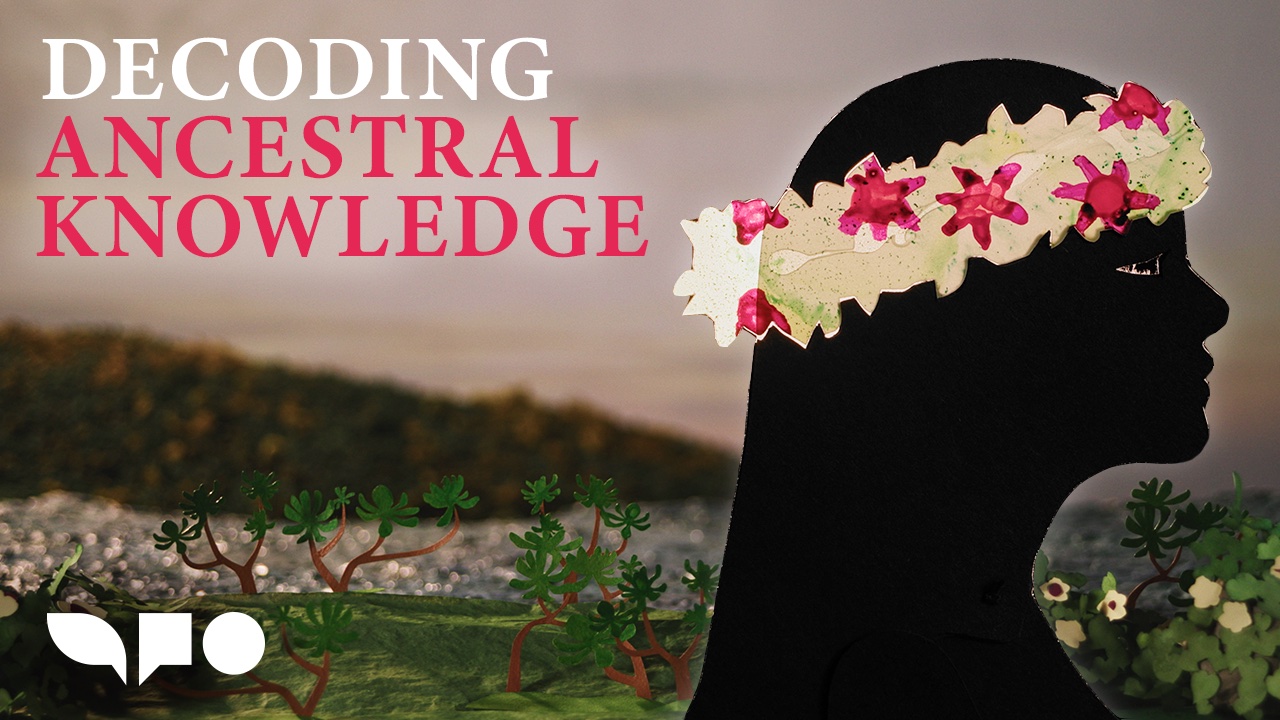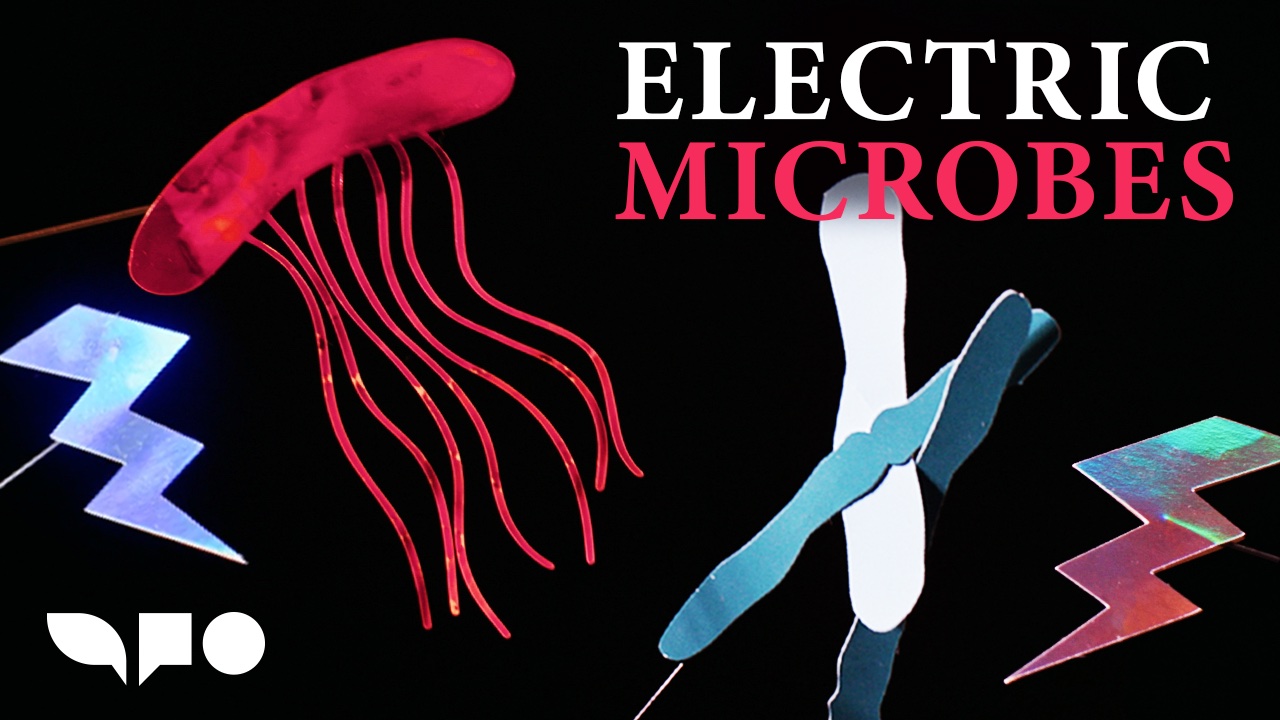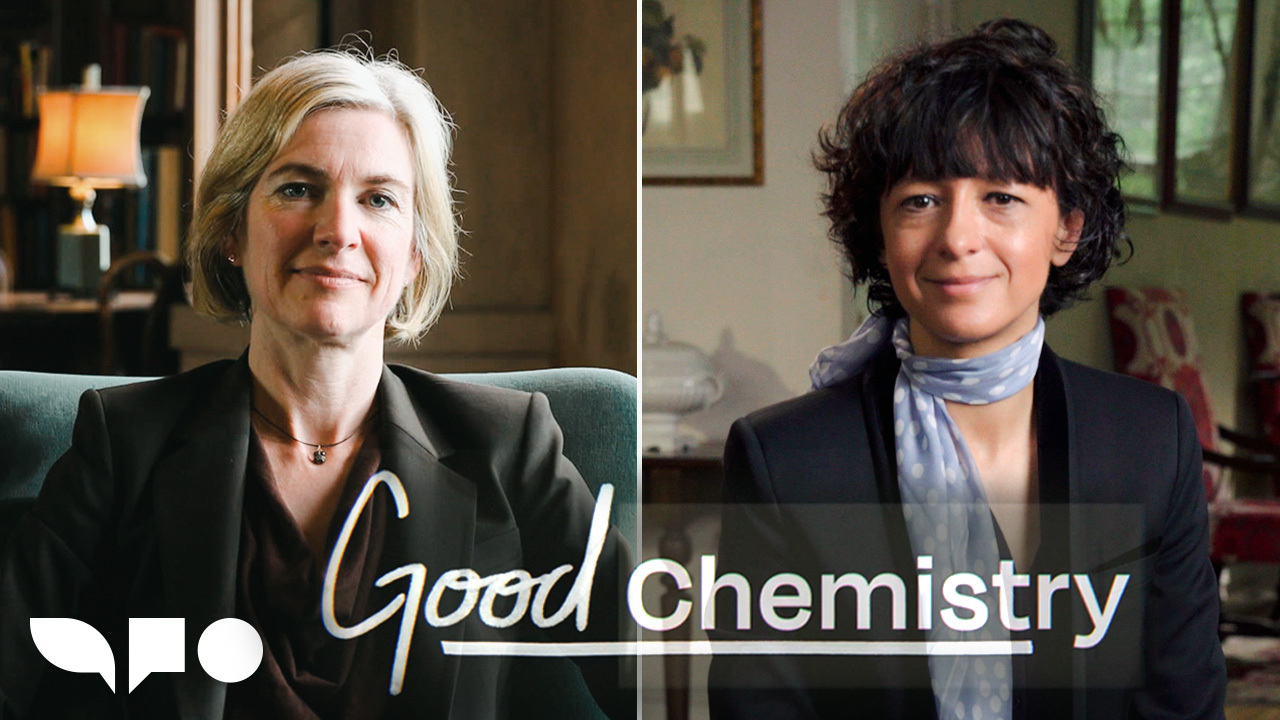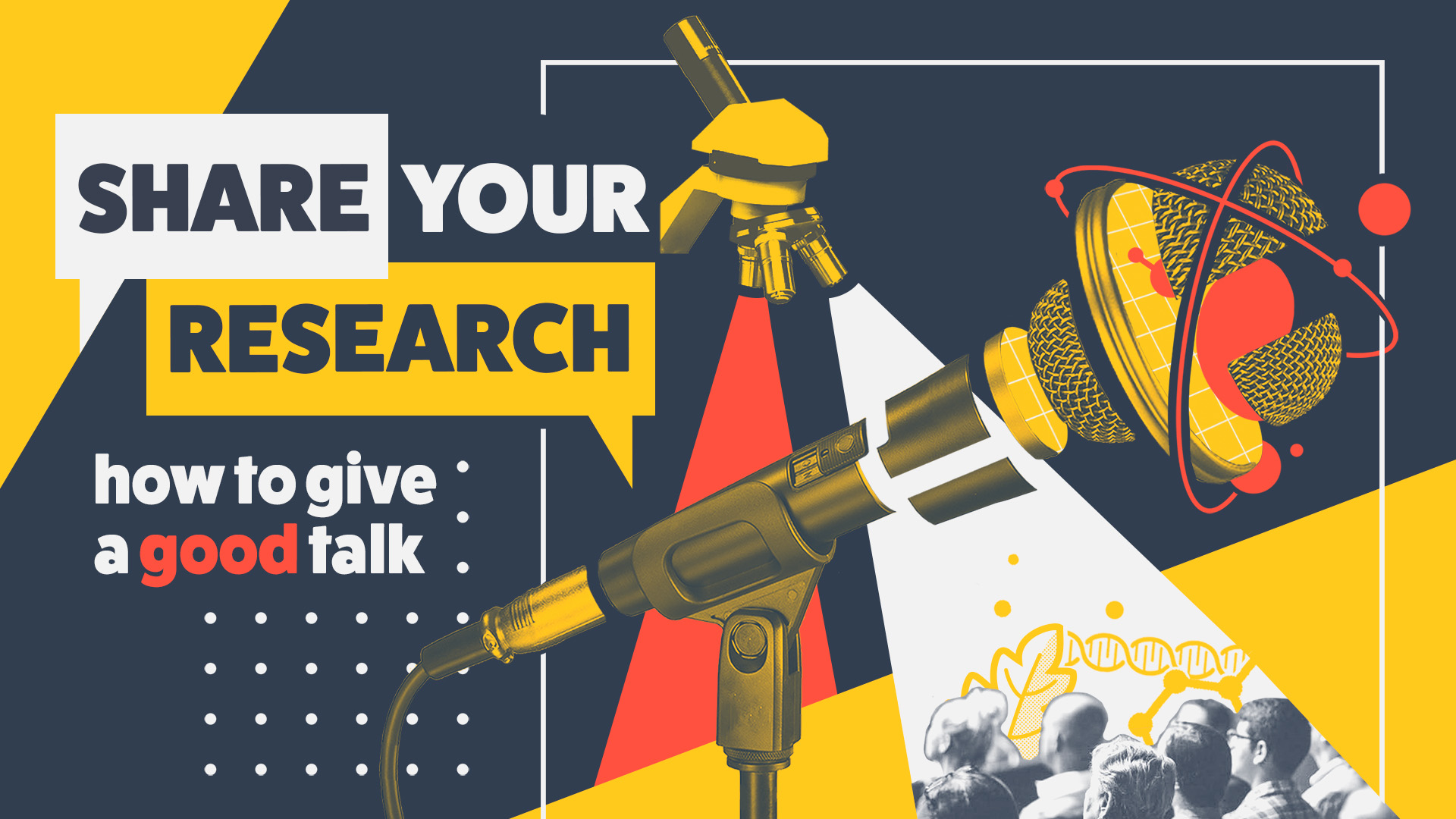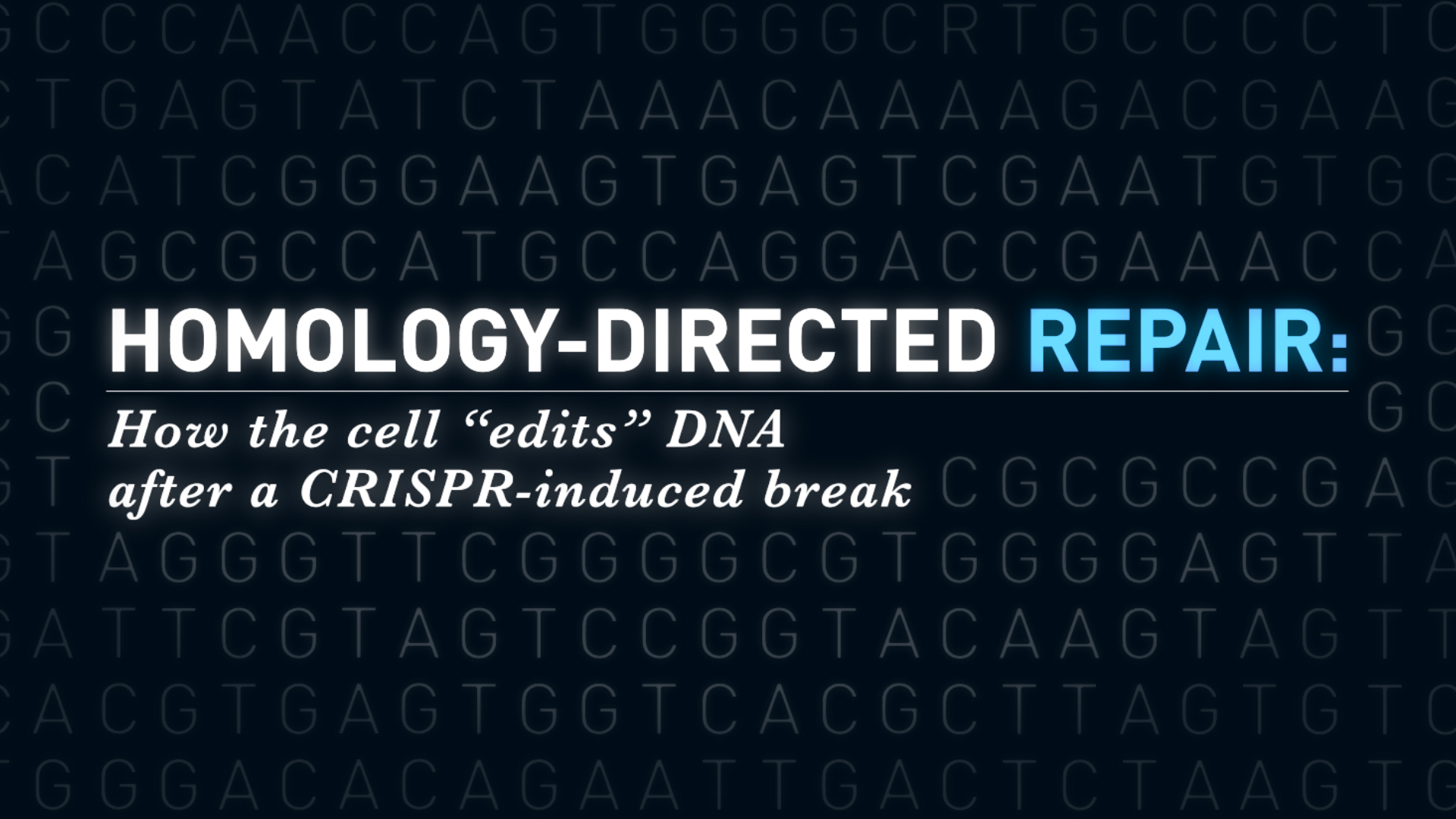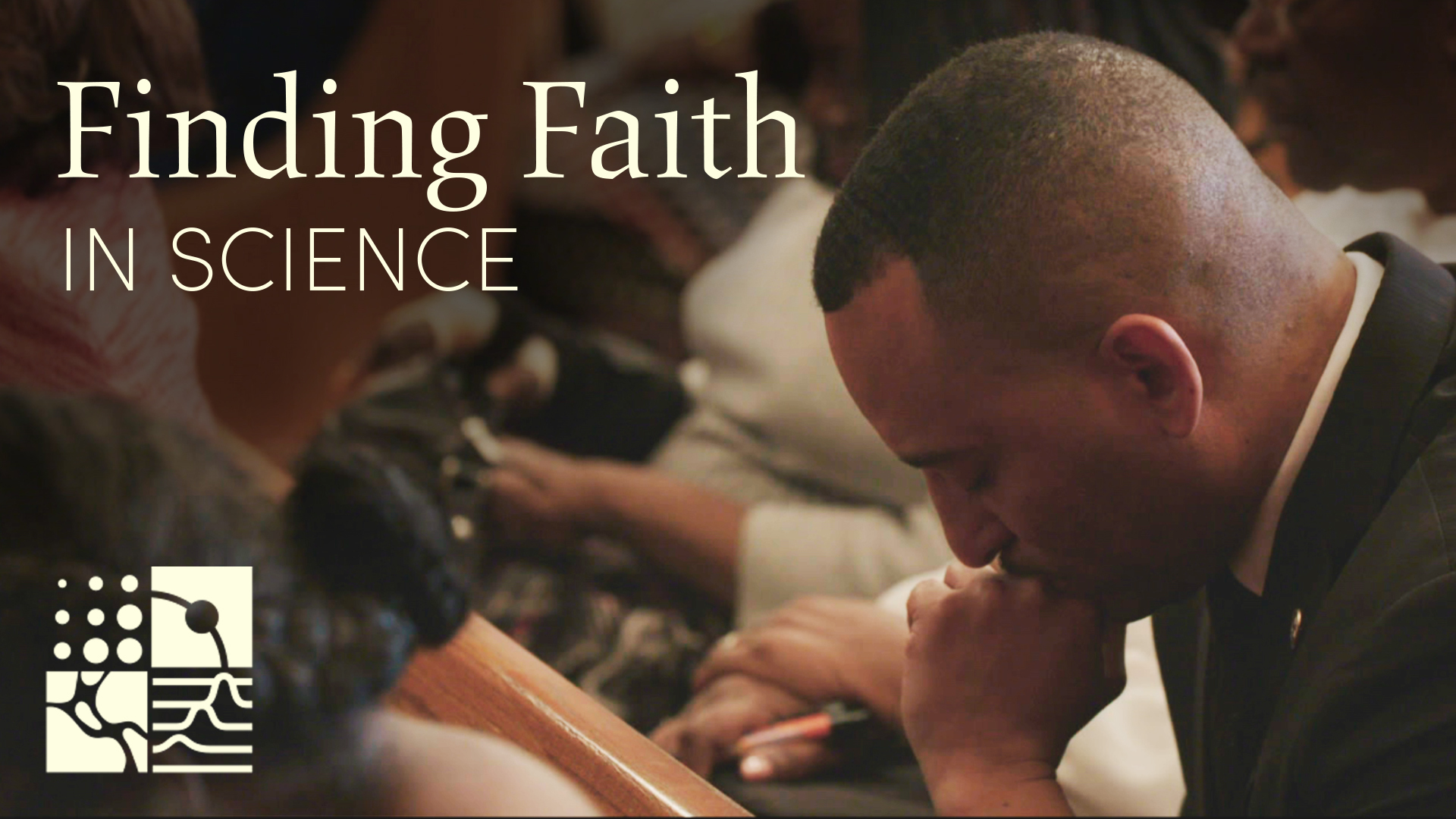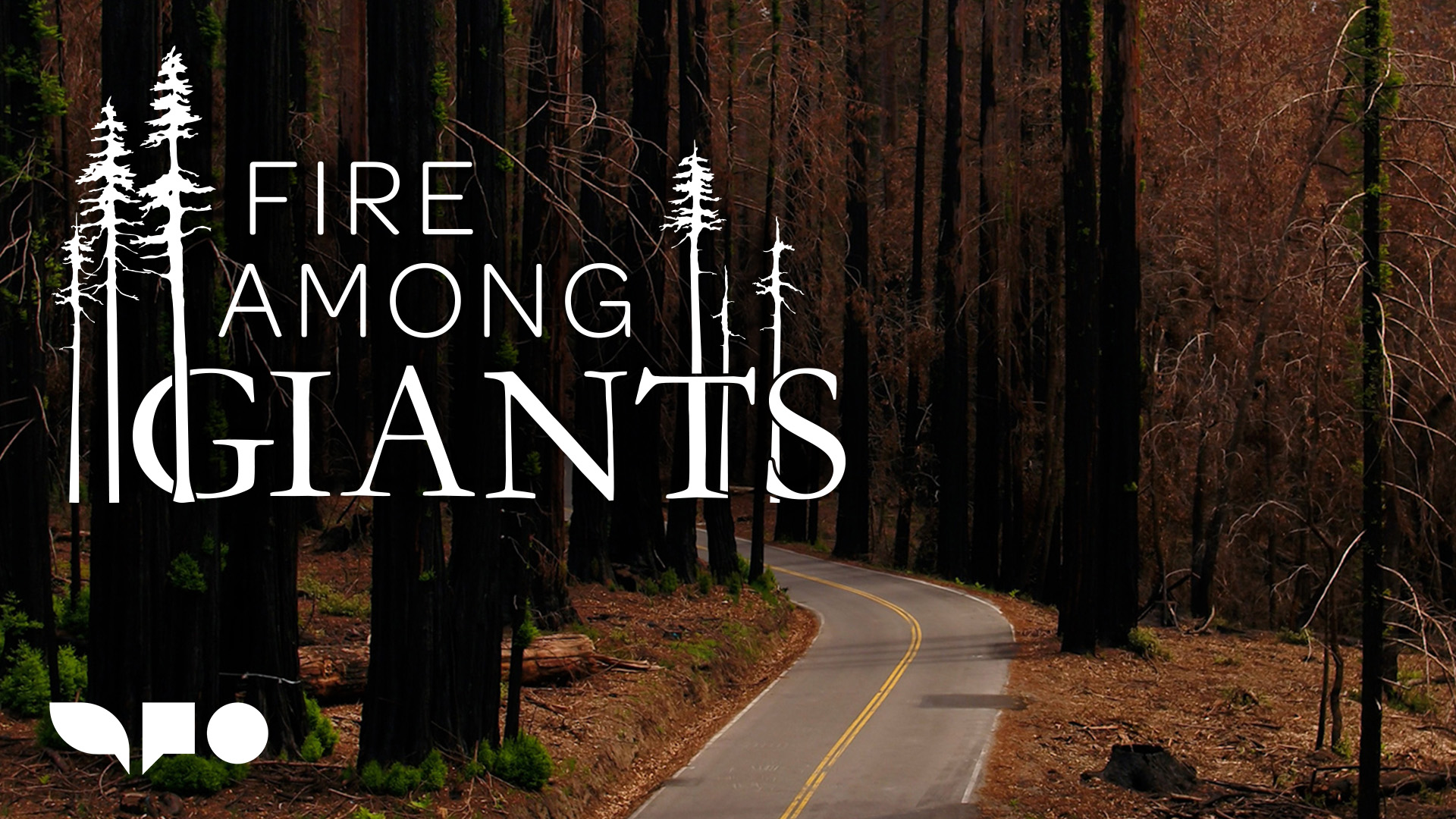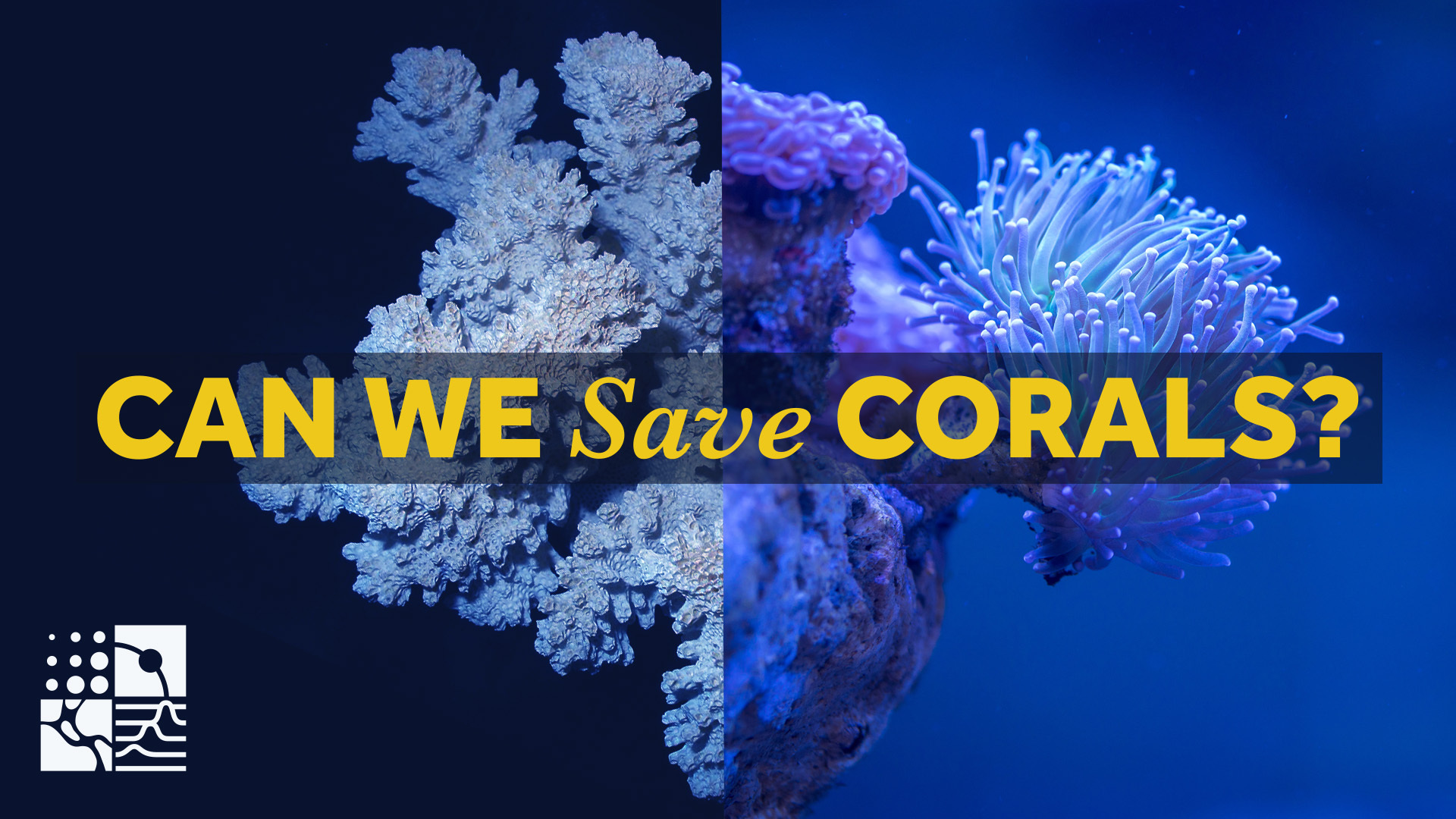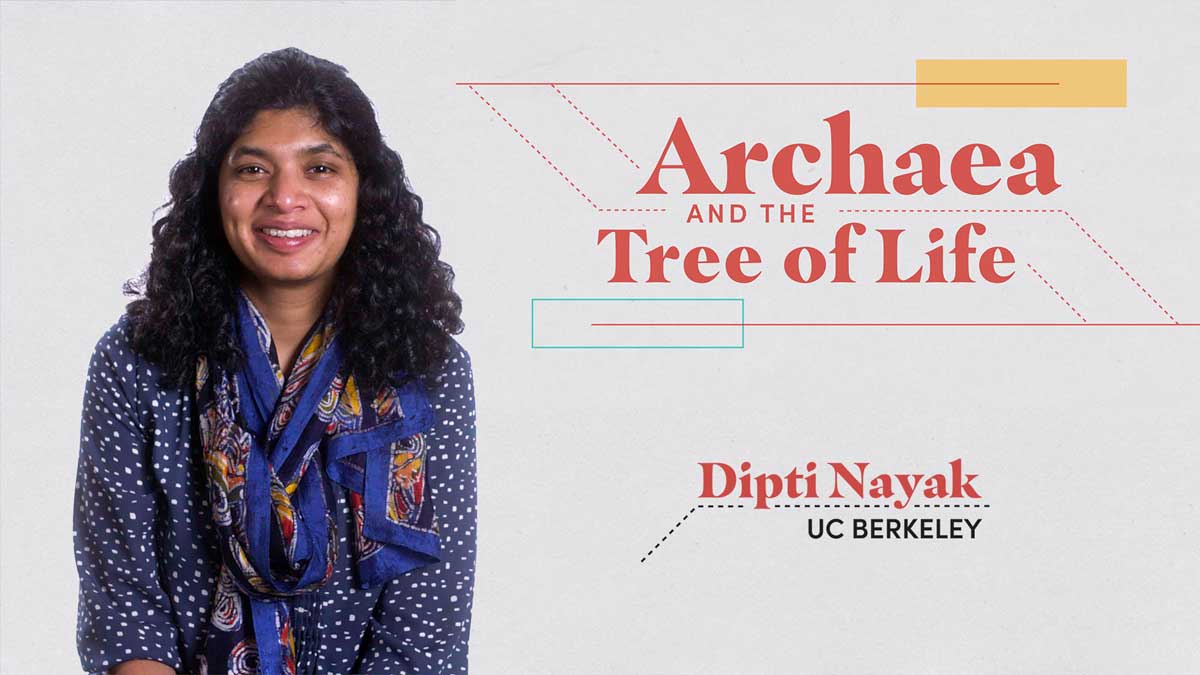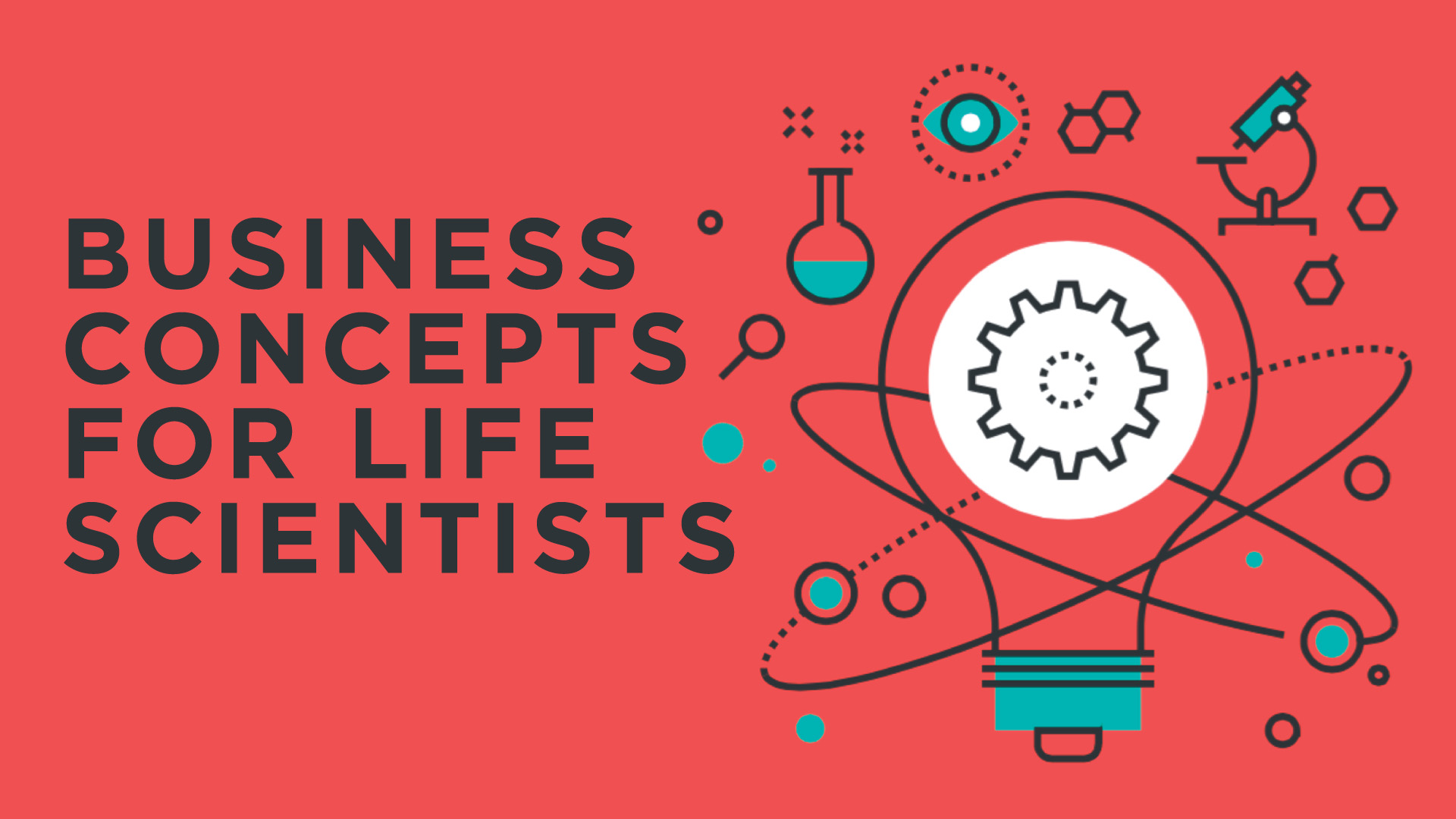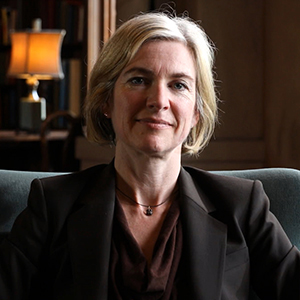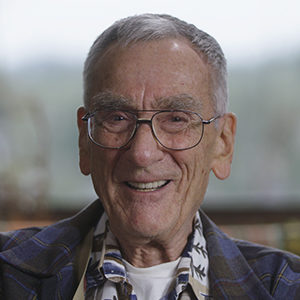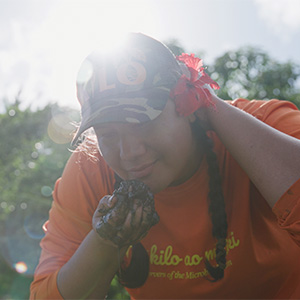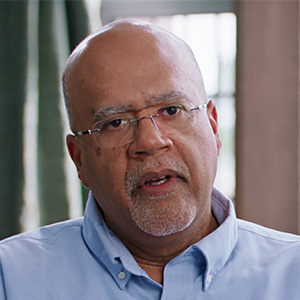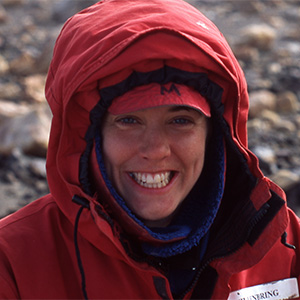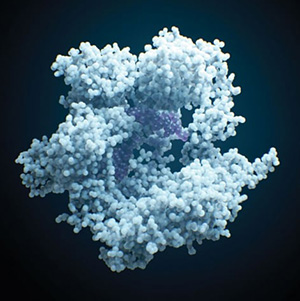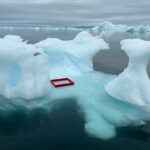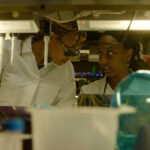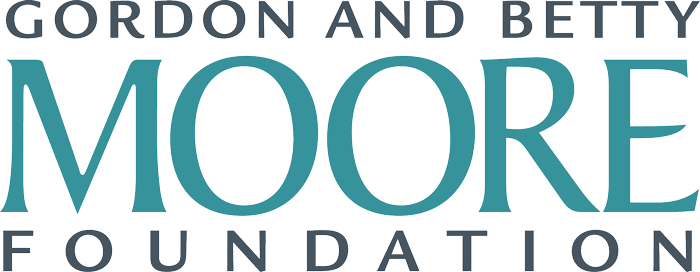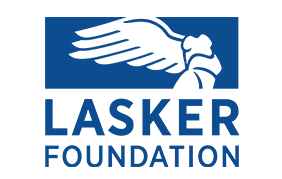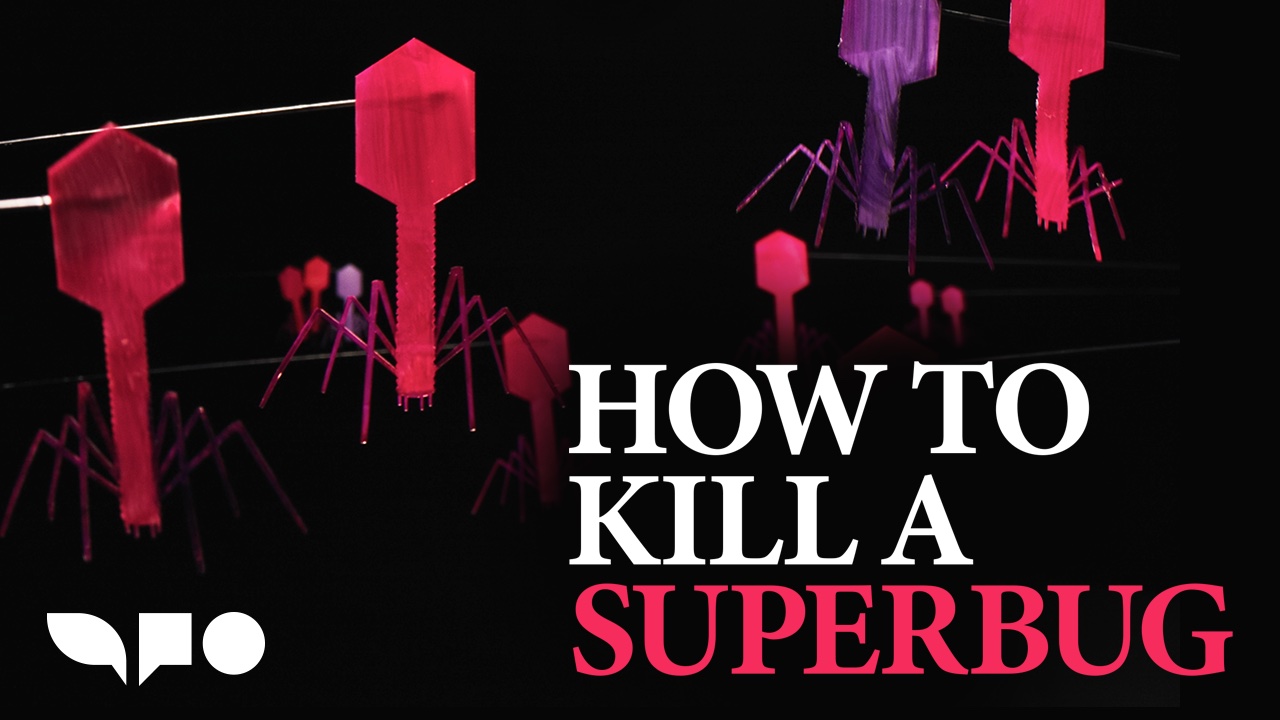
How to Kill a Superbug
Fighting antibiotic resistance with phage therapy
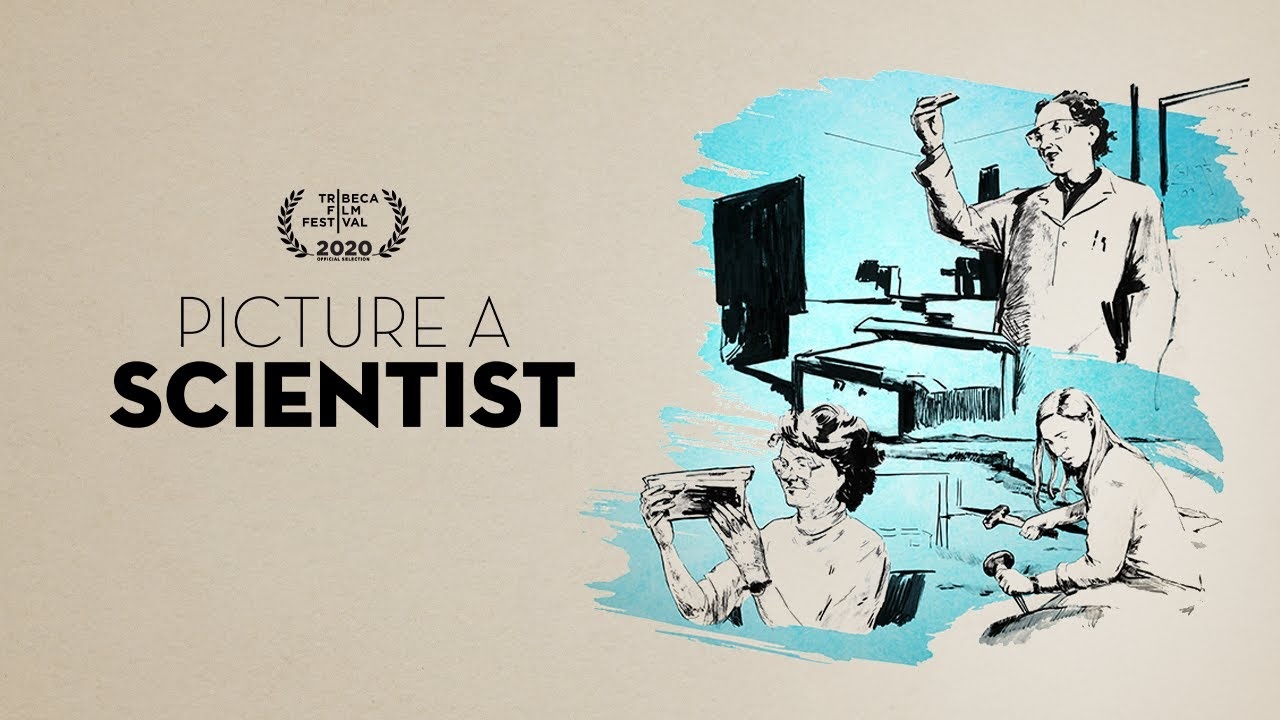
Picture a Scientist
The Fight for Gender Equity in Science
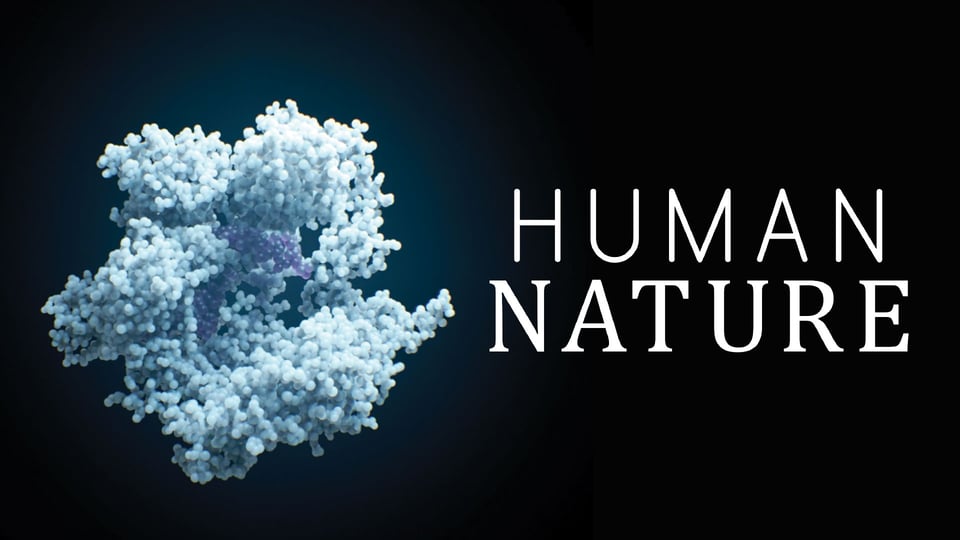
Human Nature
The story of CRISPR — the most important scientific discovery of the 21st century.
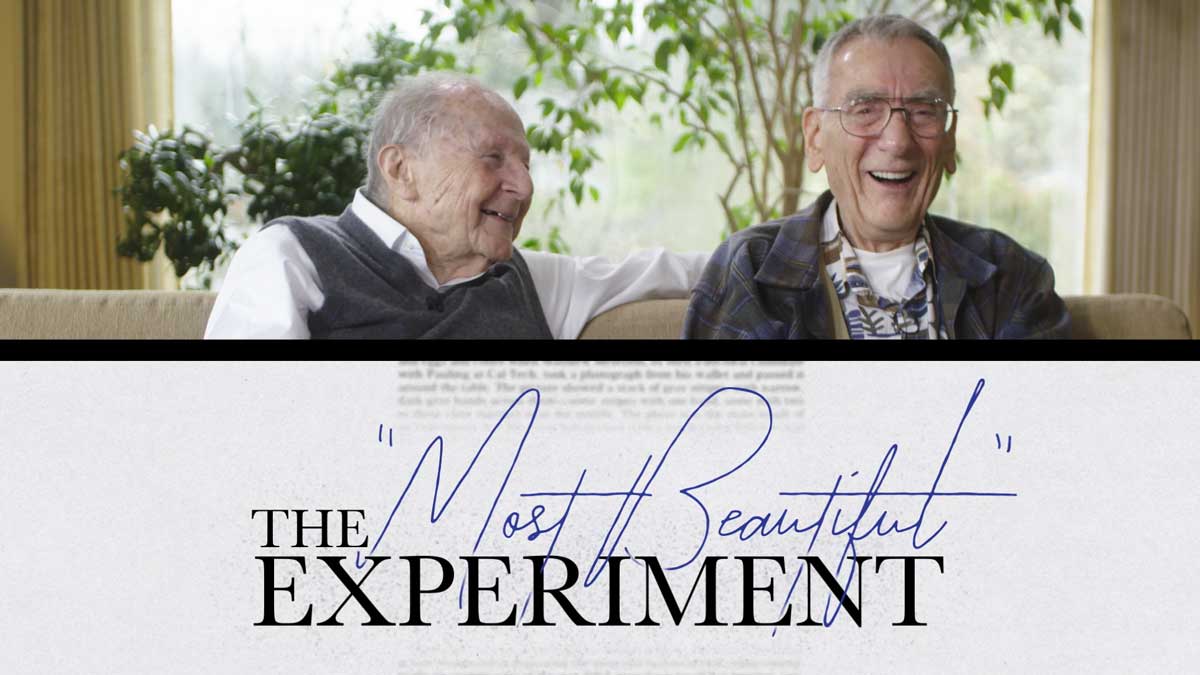
The Most Beautiful Experiment
Matt Meselson and Frank Stahl share the story of their groundbreaking experiment
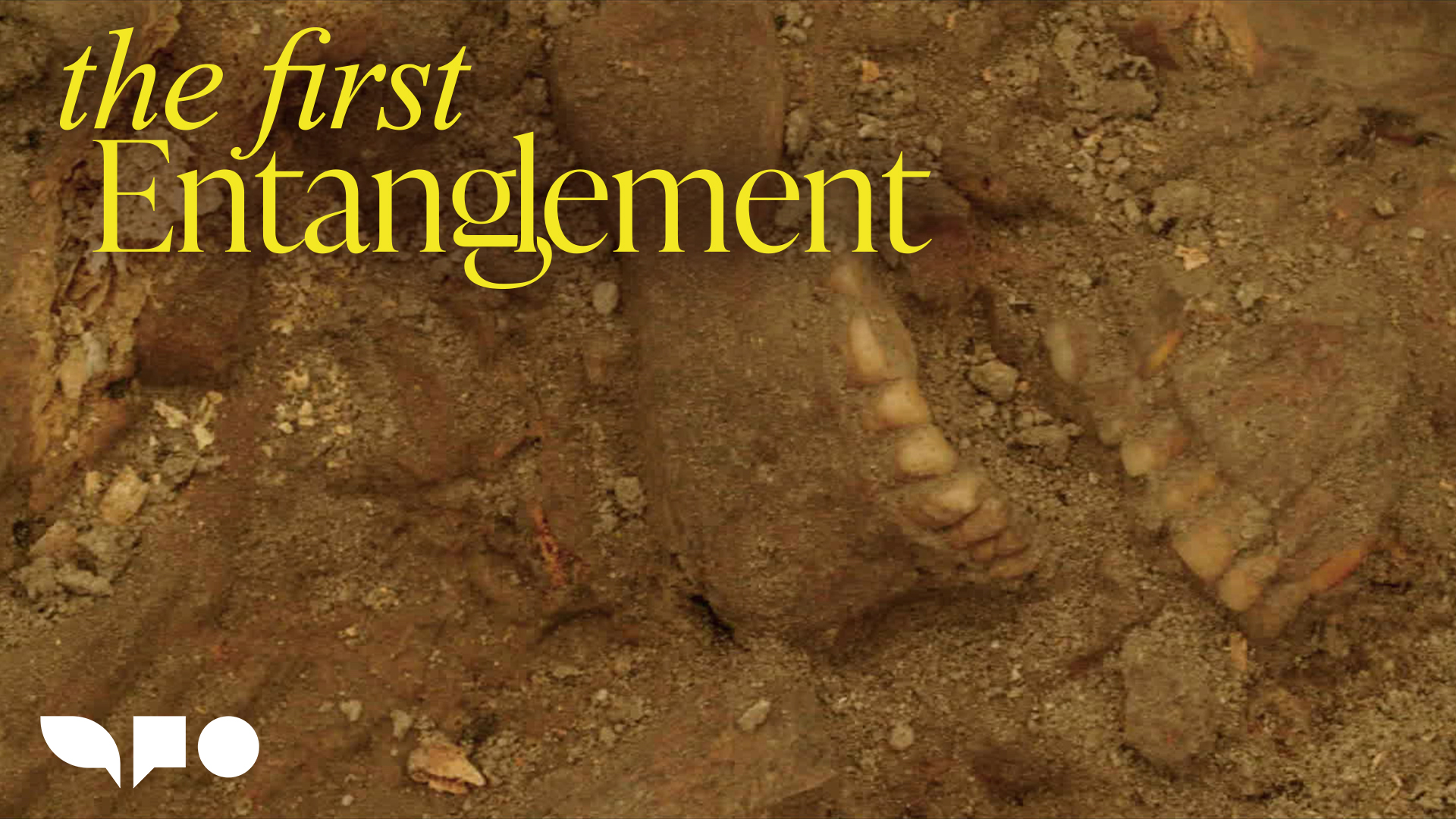
The First Entanglement
Did we domesticate plants or did they domesticate us?
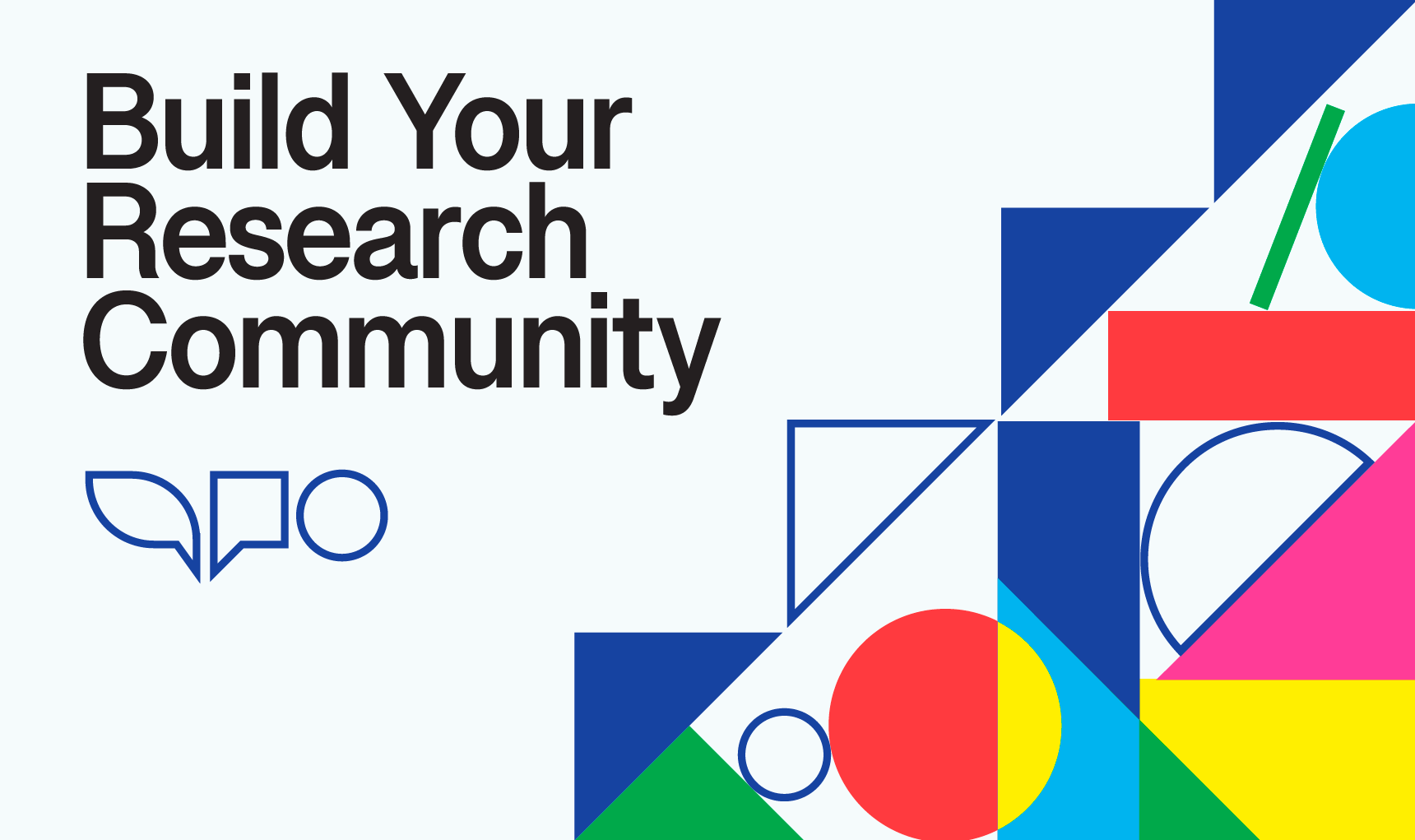
Build Your Research Community
Build a Mentoring Network to Succeed in Graduate School and Beyond
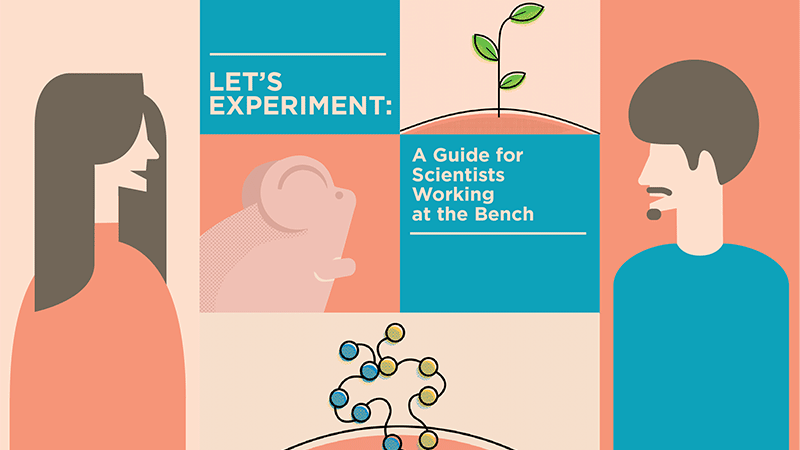
Let’s Experiment
How to Design Experiments in Biological Research
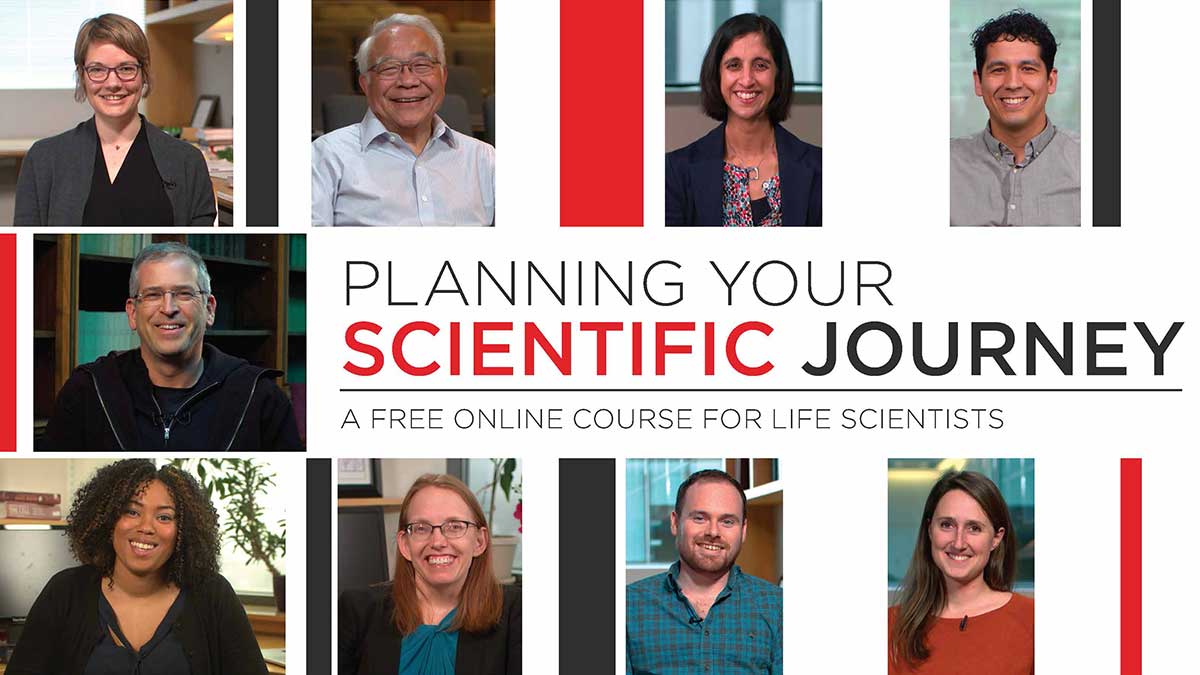
Planning Your Scientific Journey
How to Develop and Plan a Research Project
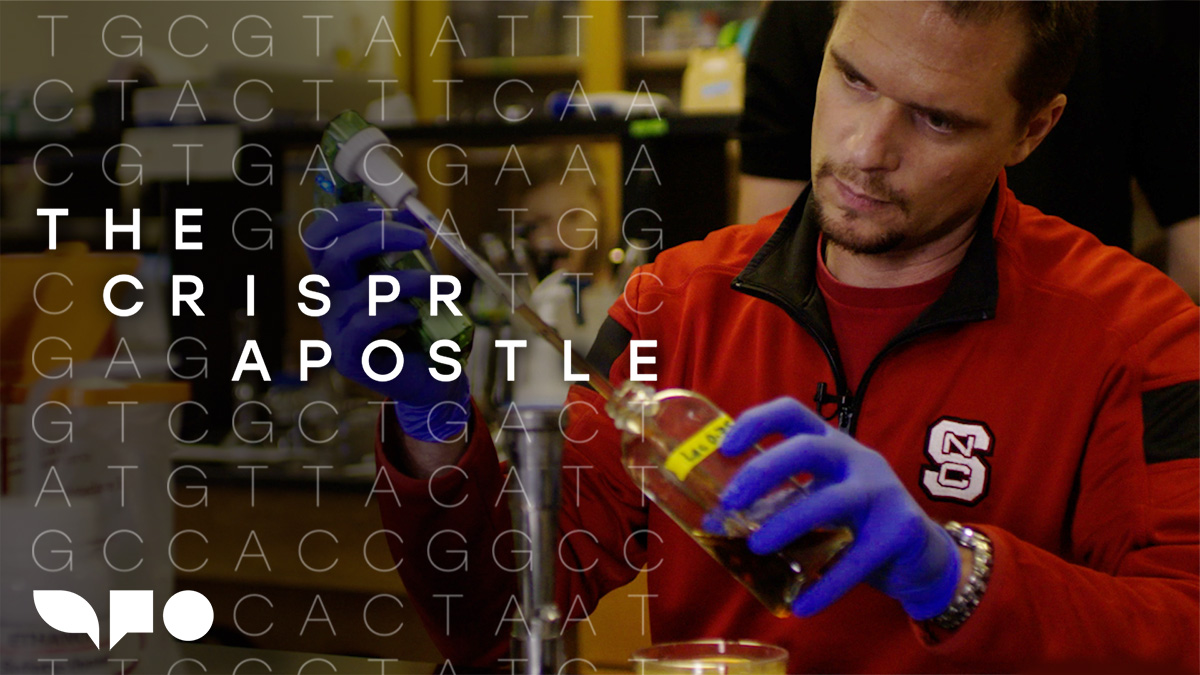
The CRISPR Apostle
Rodolphe Barrangou tells the story of his discovery that laid the groundwork for the gene editing revolution
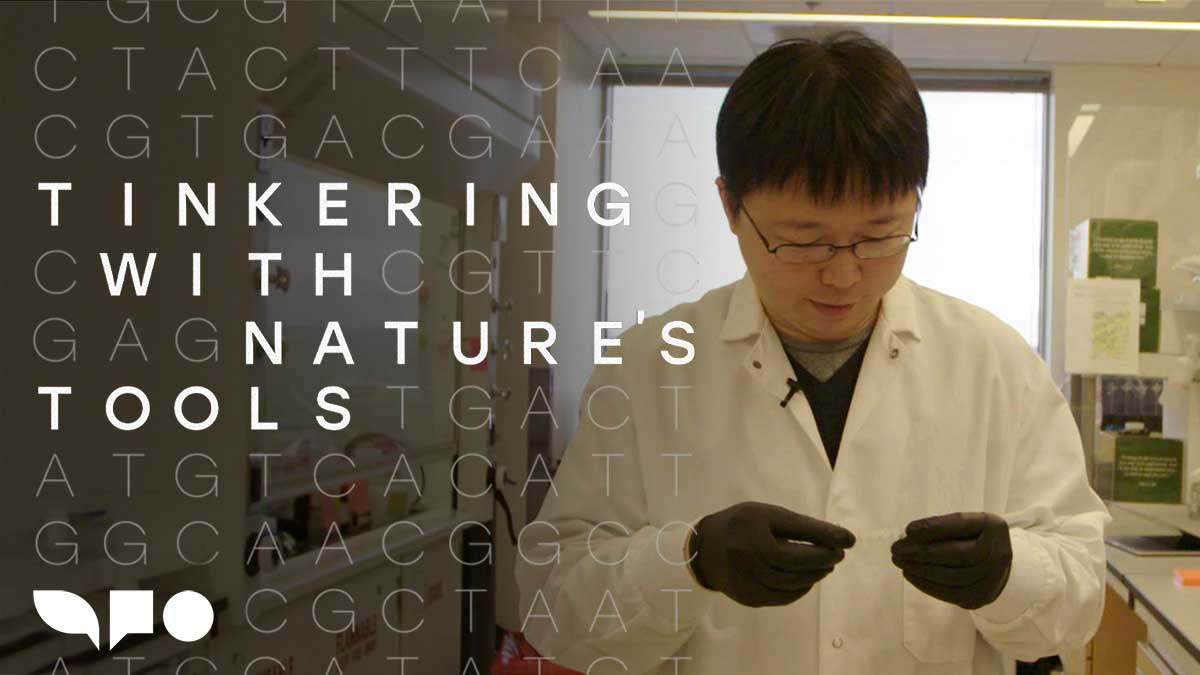
Tinkering with Nature’s Tools
Feng Zhang shares why CRISPR-Cas9 was such a groundbreaking tool.
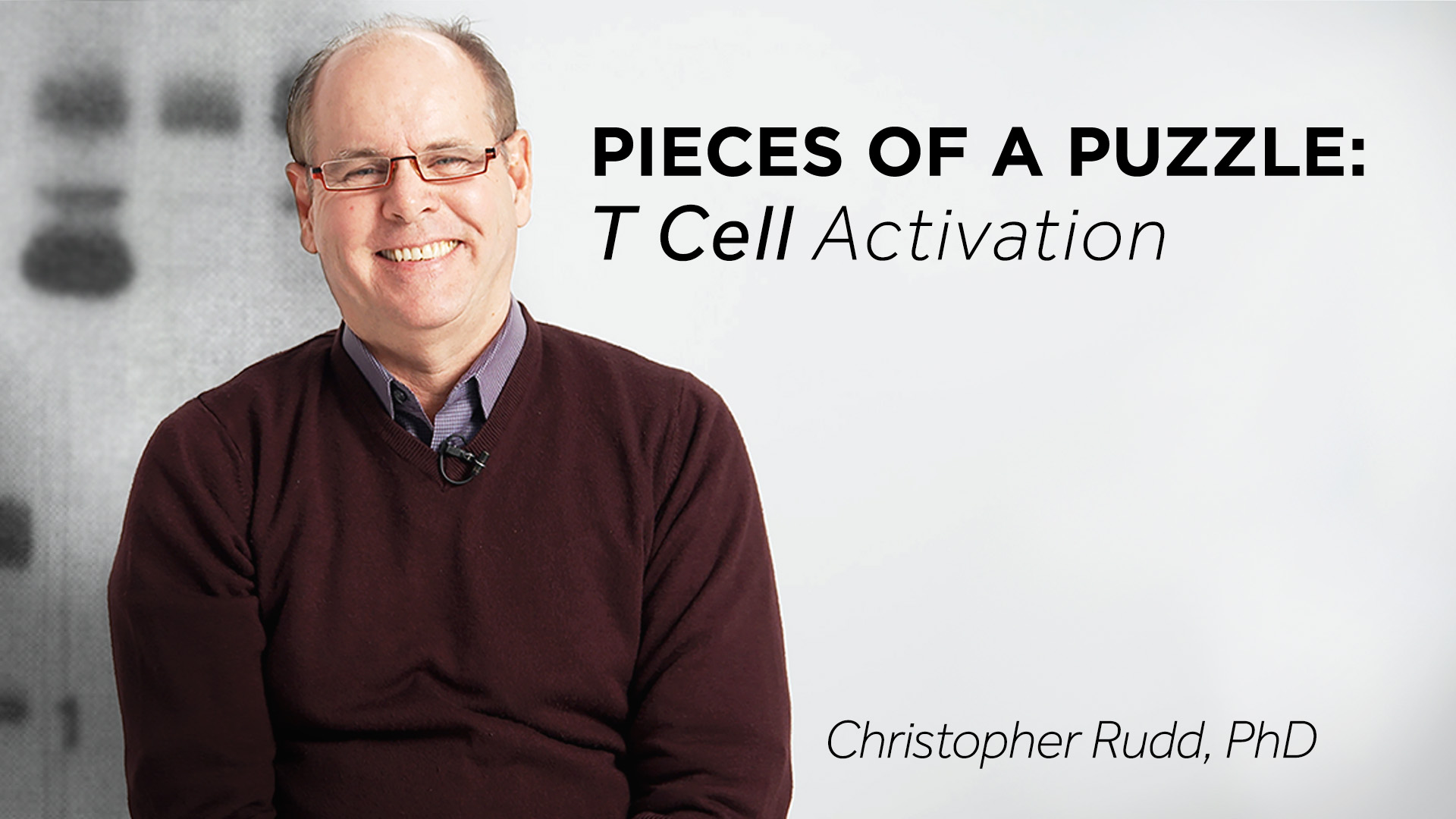
Pieces of a Puzzle
Christopher Rudd's seminal experiments on T-Cell Activation
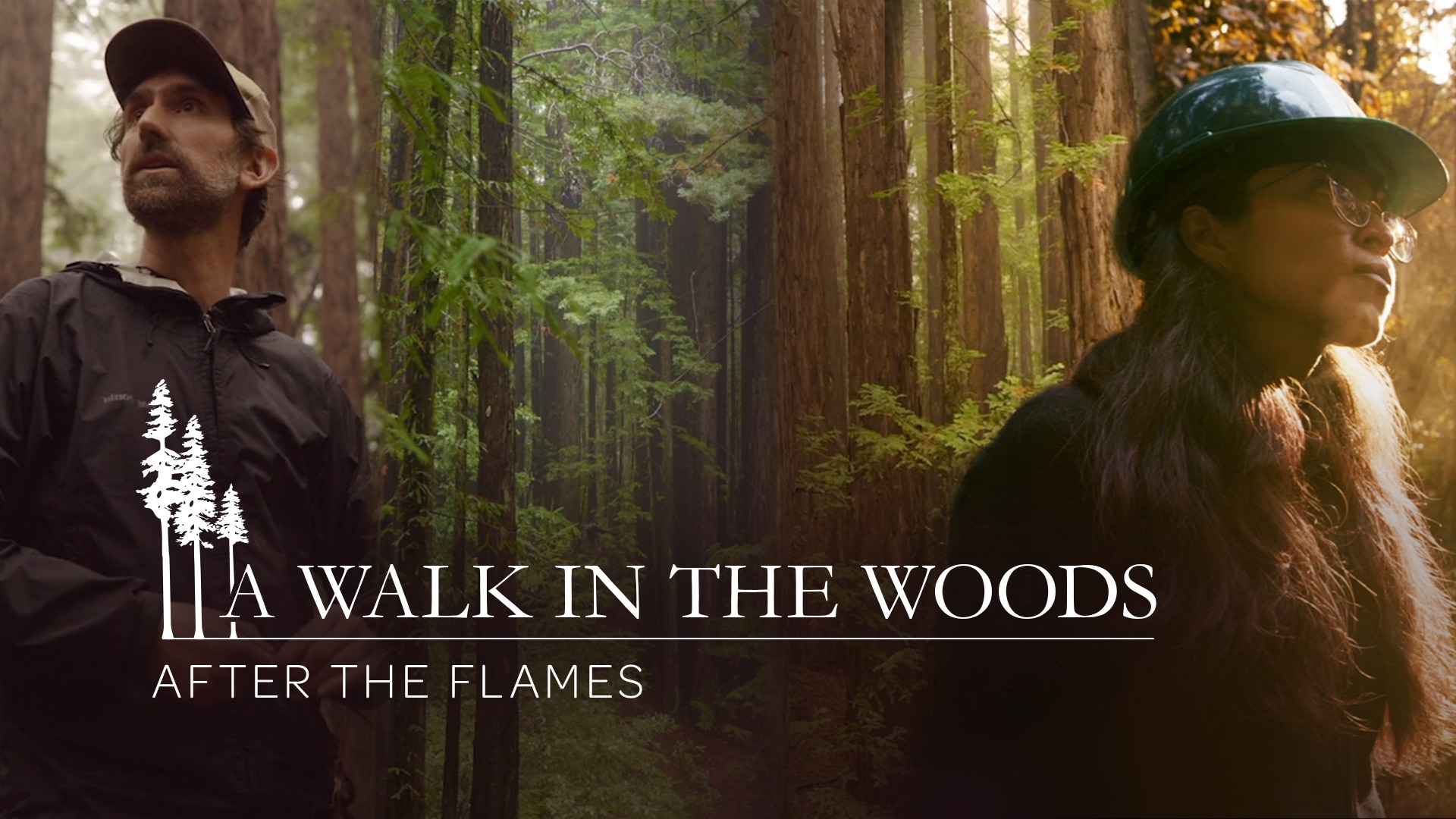
A Walk in the Woods
What does a redwood forest look like, and sound like, in the wake of a devastating fire?
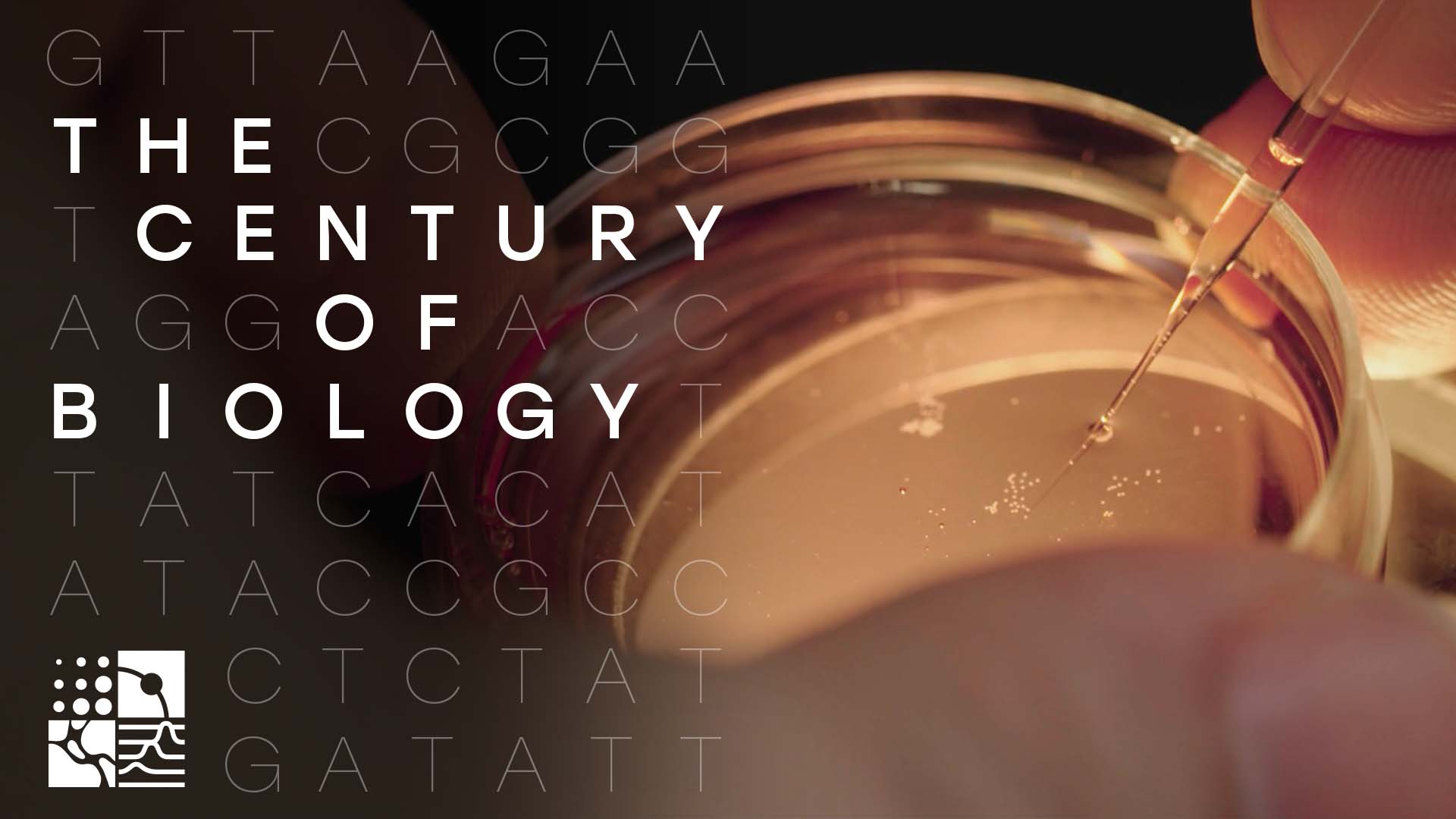
Century of Biology
CRISPR ethics and how it will impact our future
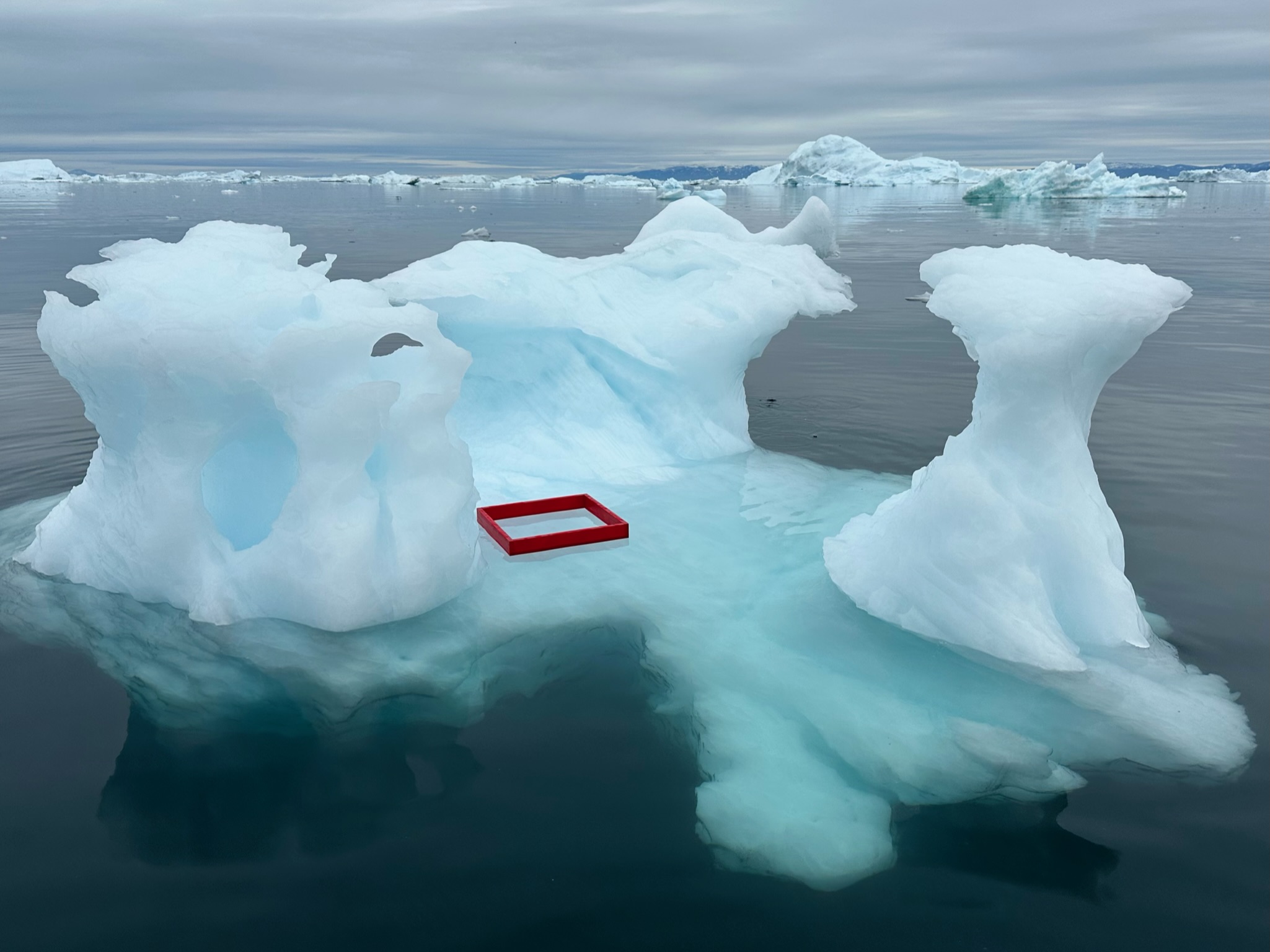
Observers
A global exploration of the centrality of observation to science and the human experience.
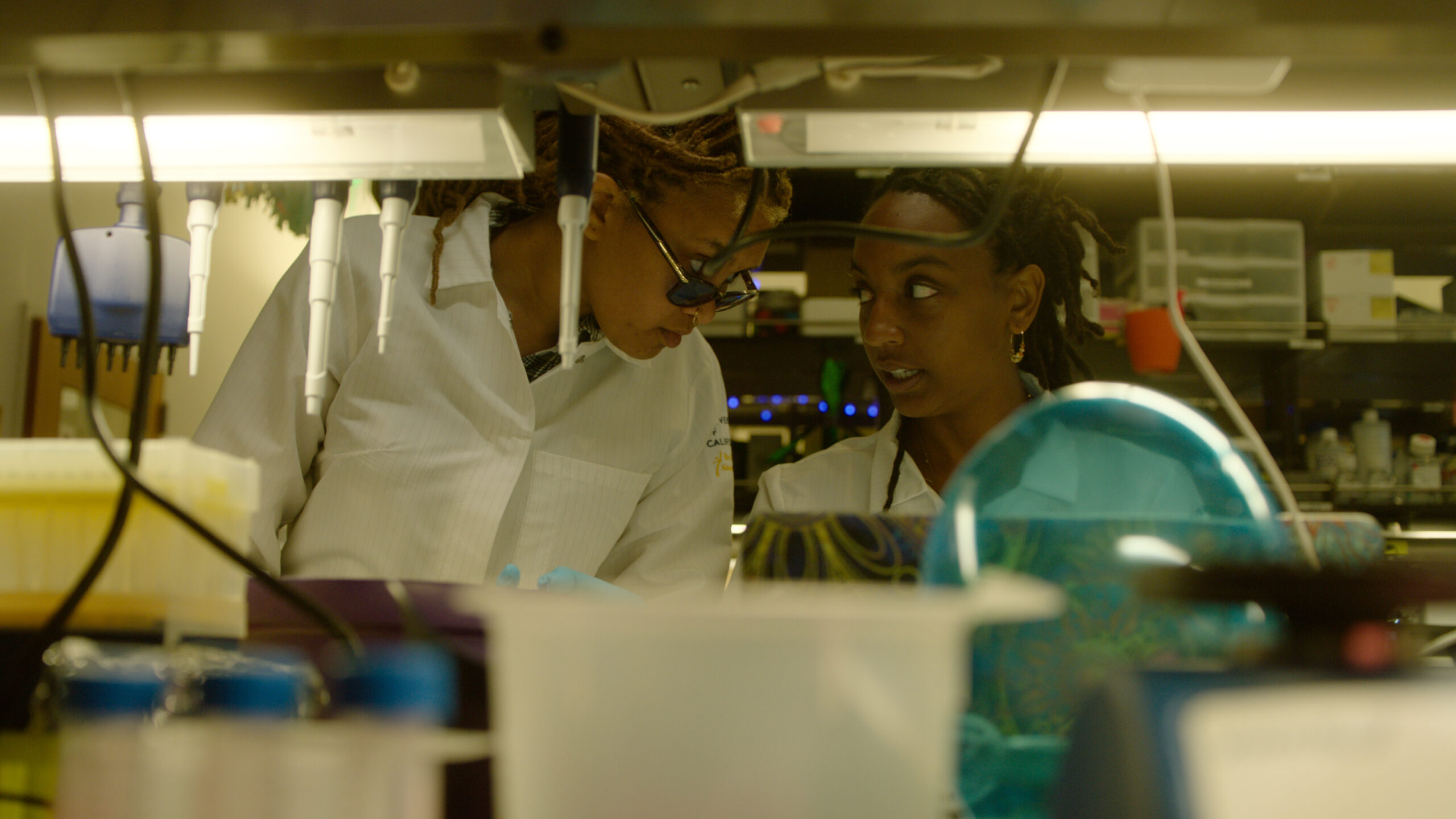
Black Matters
The Conversation Science Needs to Have
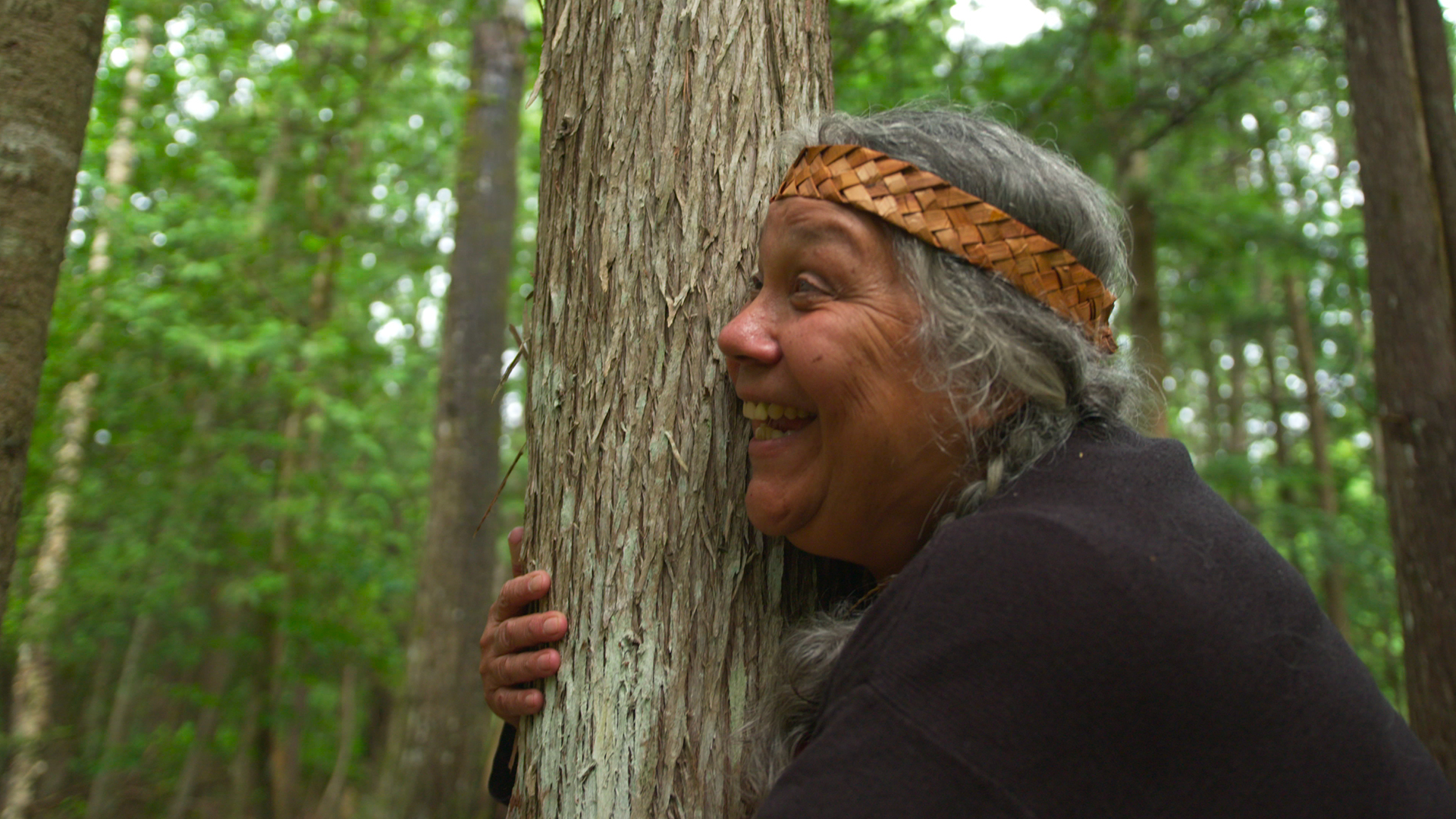
Tree People
A deeply personal cinematic journey exploring the timeless relationship between humans and trees.
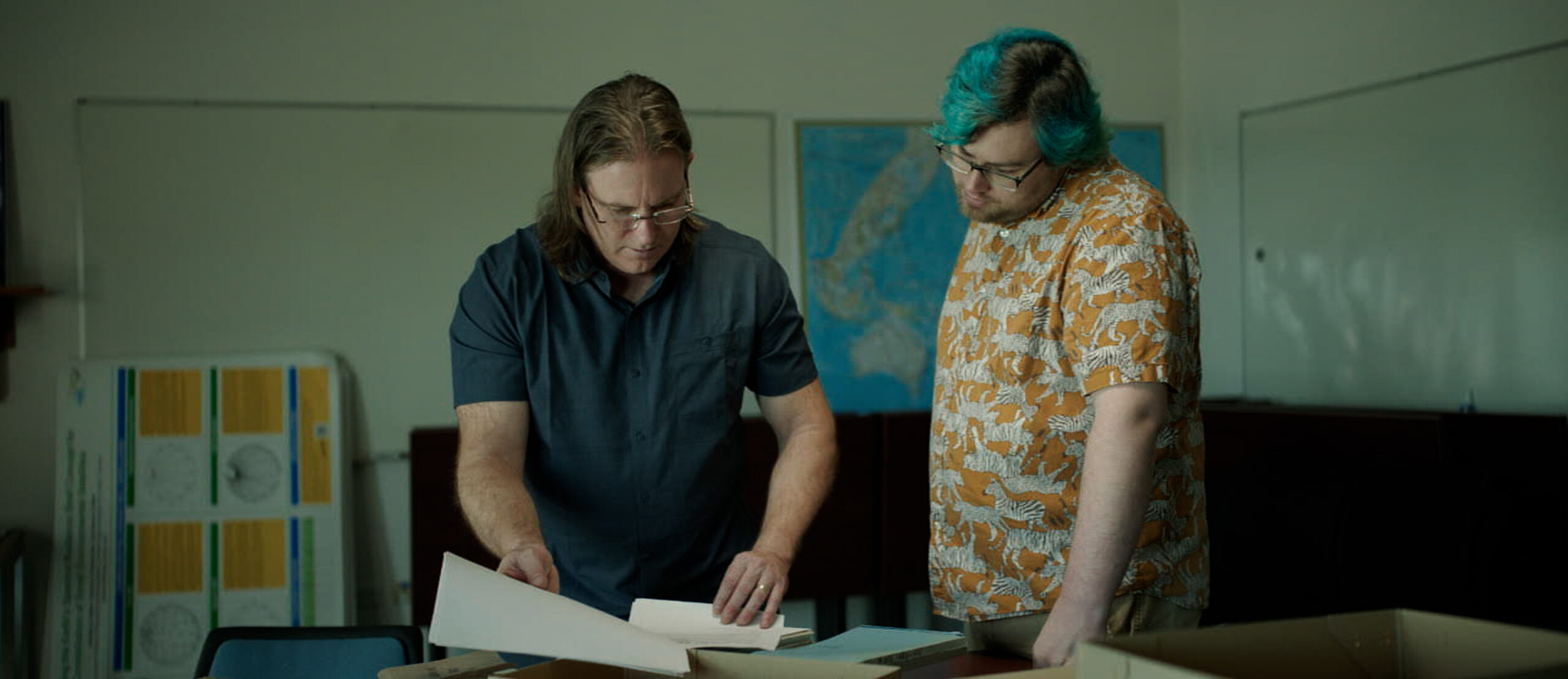
The Milky Seas
Feature documentary about a team determined to solve one of the great ocean mysteries of our time — the bioluminescent “milky sea” phenomenon.
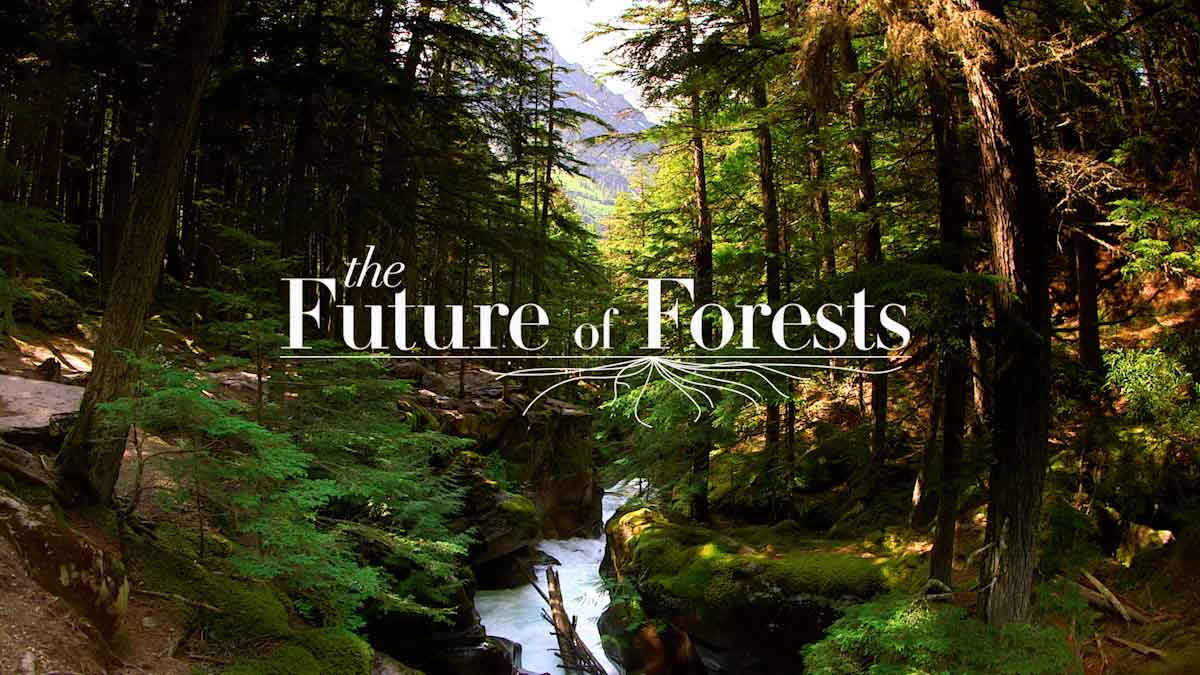
The Future of Forests
Will they survive the threats of climate change?
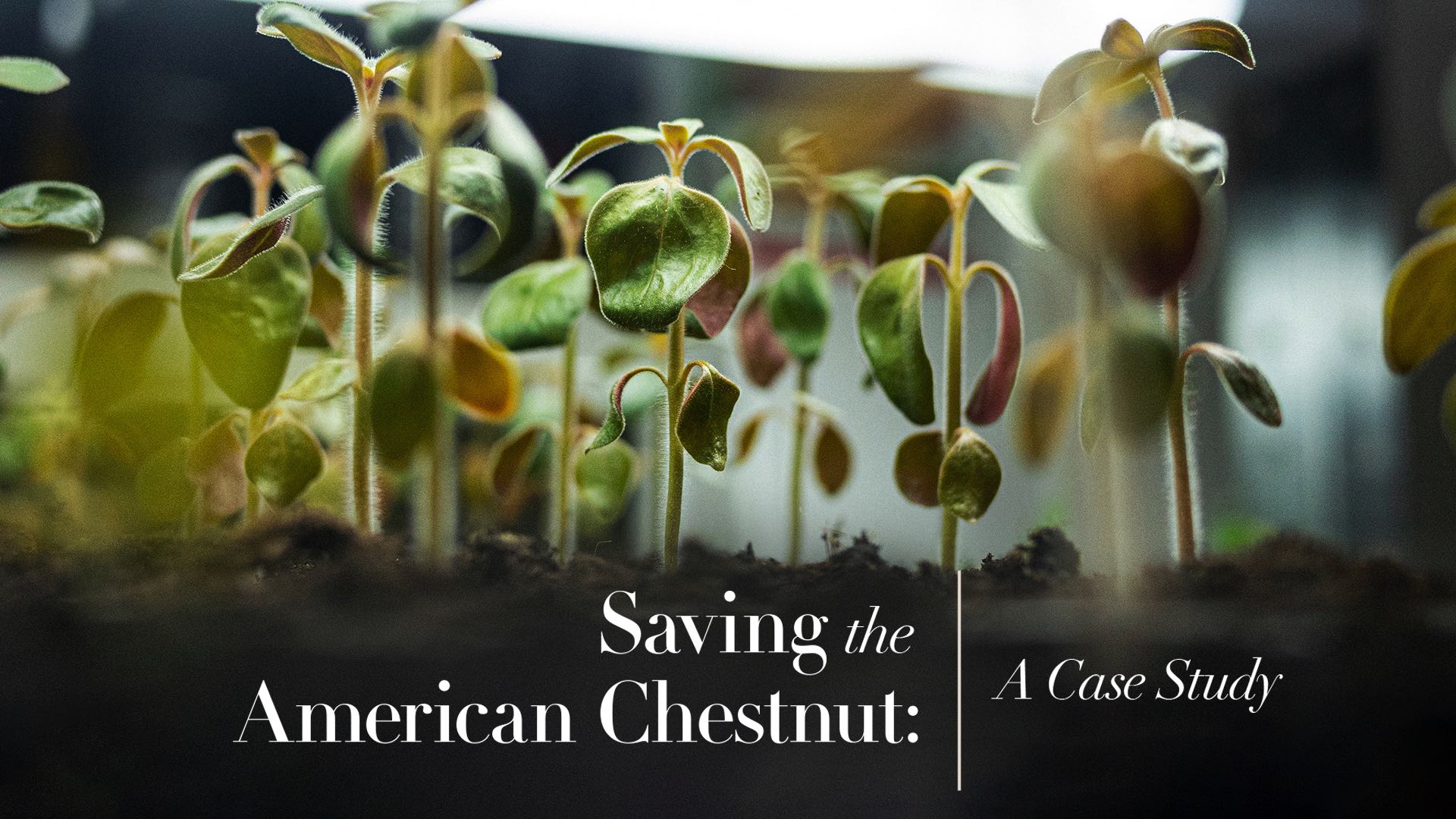
Saving The American Chestnut
A case study in genetic engineering
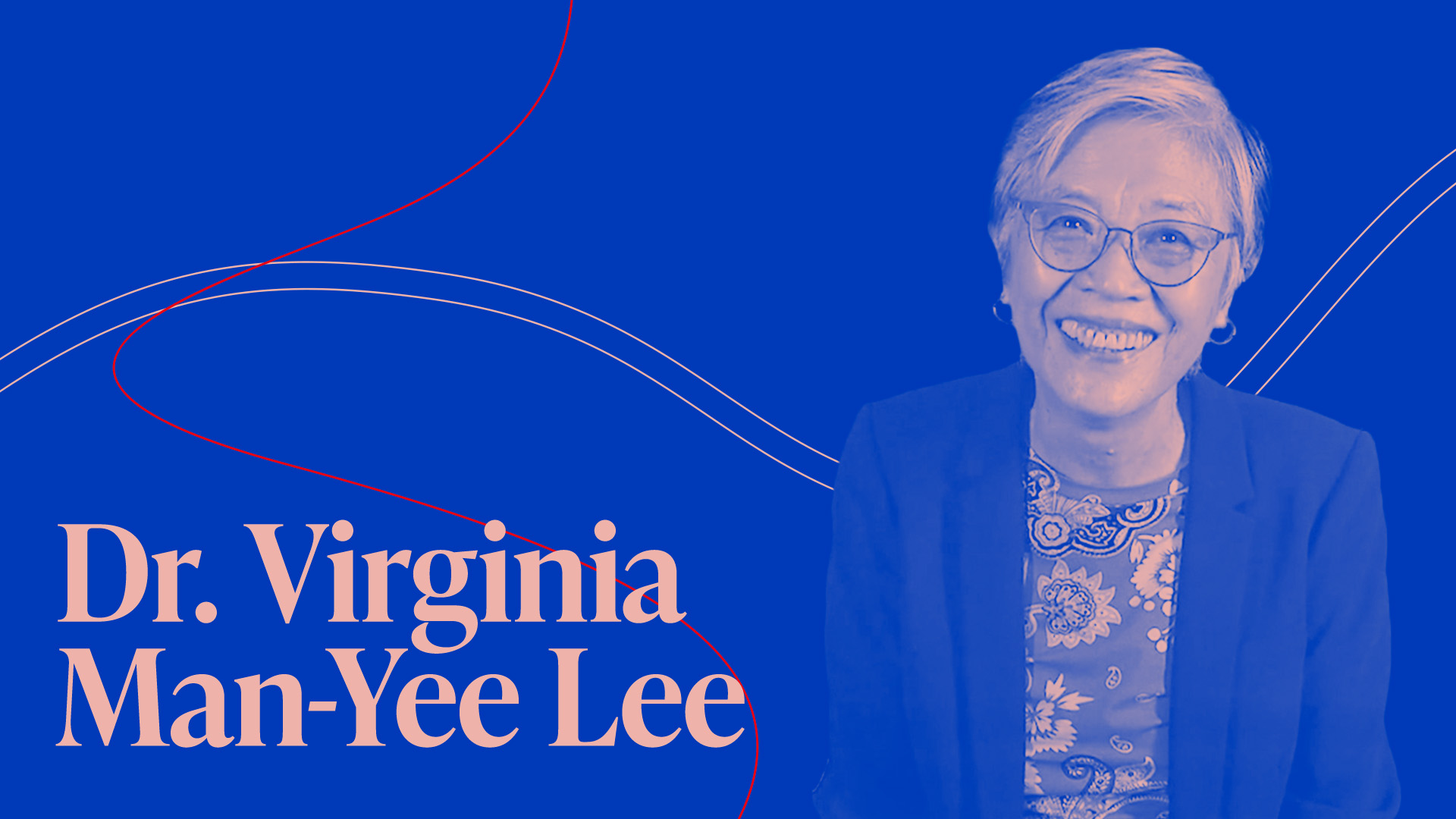
A Winding Life Through Science
Virginia Man-Yee Lee recounts her inspiring journey into becoming a lead researcher of Alzheimer’s and other neurodegenerative diseases
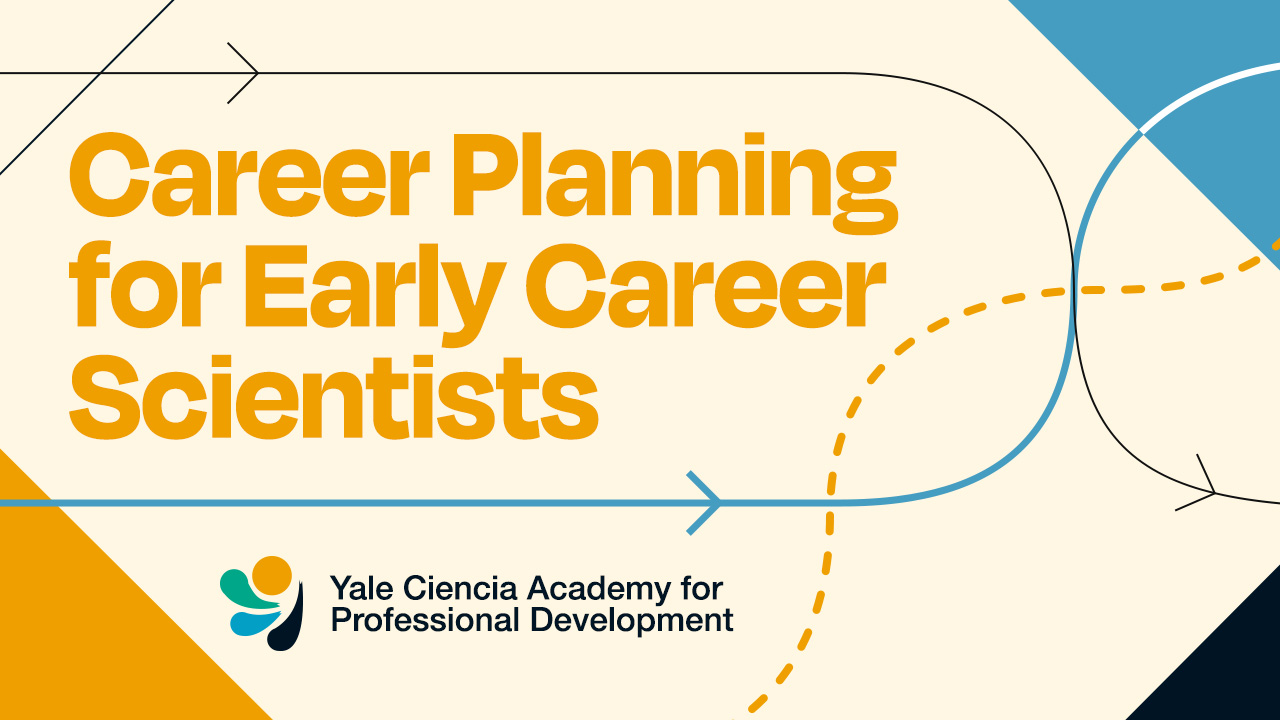
Career Planning for Early Career Scientists
Create an Actionable Plan to Achieve Your Career Goals
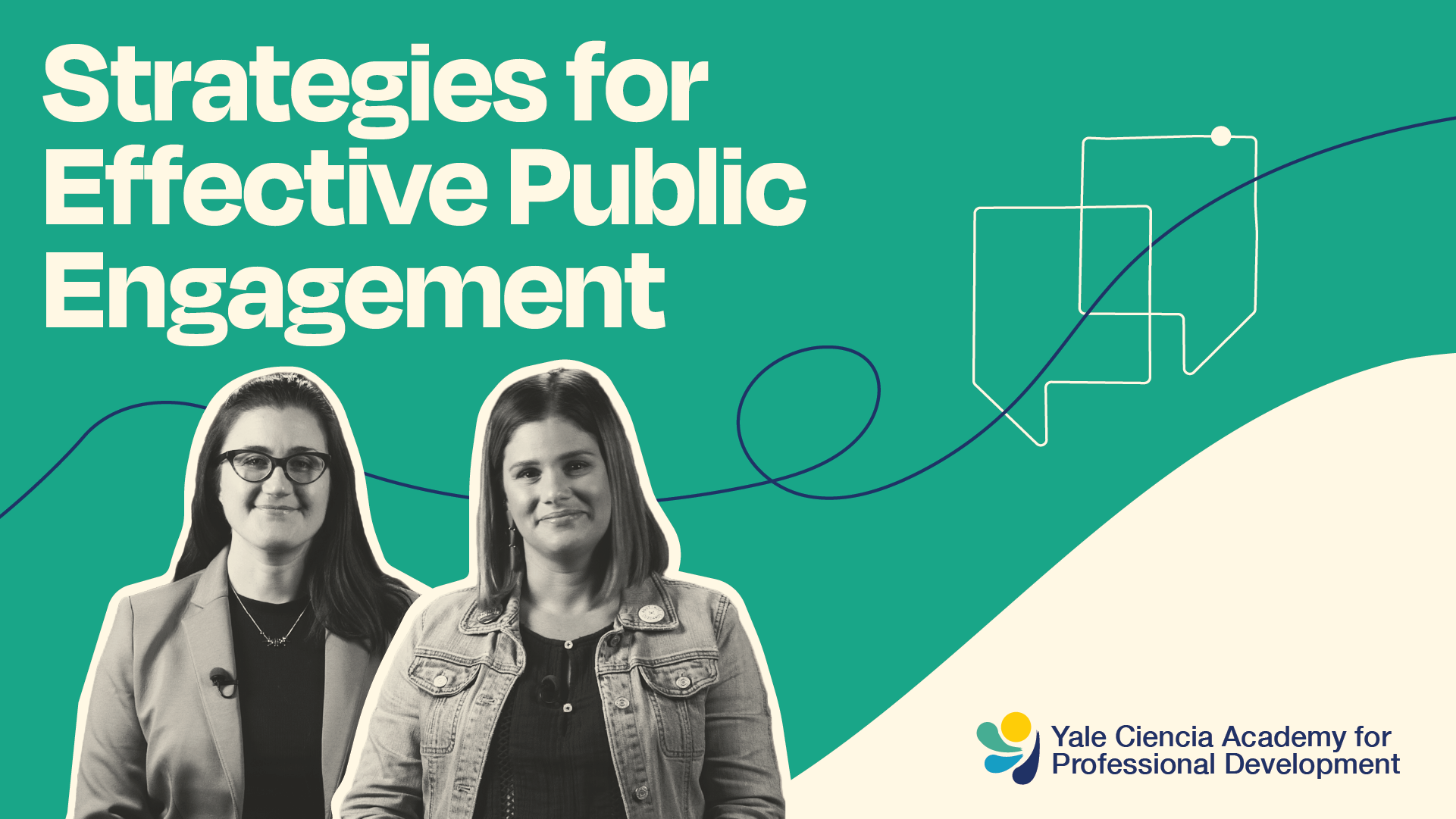
Strategies for Effective Public Engagement
Key Principles and Strategies to Succeed in Public Engagement Projects

Gregor Mendel’s Famous Genetics Experiment
Shirley Tilghman tells the story of Mendel’s studies and how his data led to an understanding of how the information within genes is passed from generation to generation.
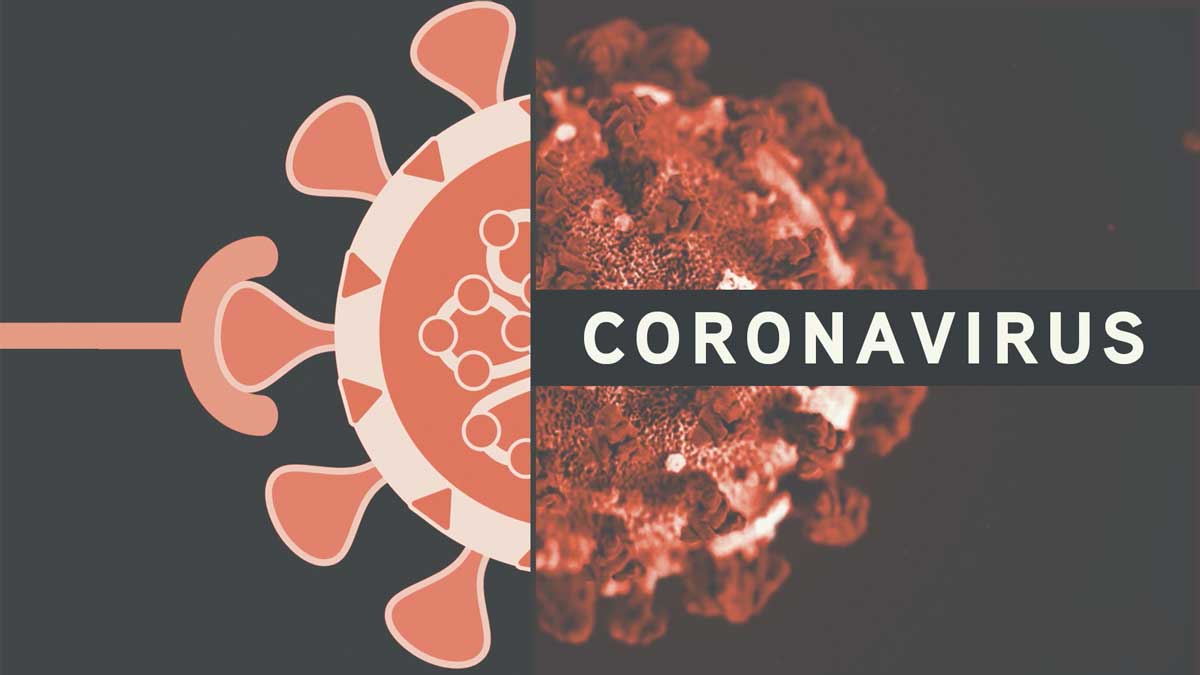
Studying Coronaviruses
The steps taken once an outbreak hits and the ways in which this process could change for the better
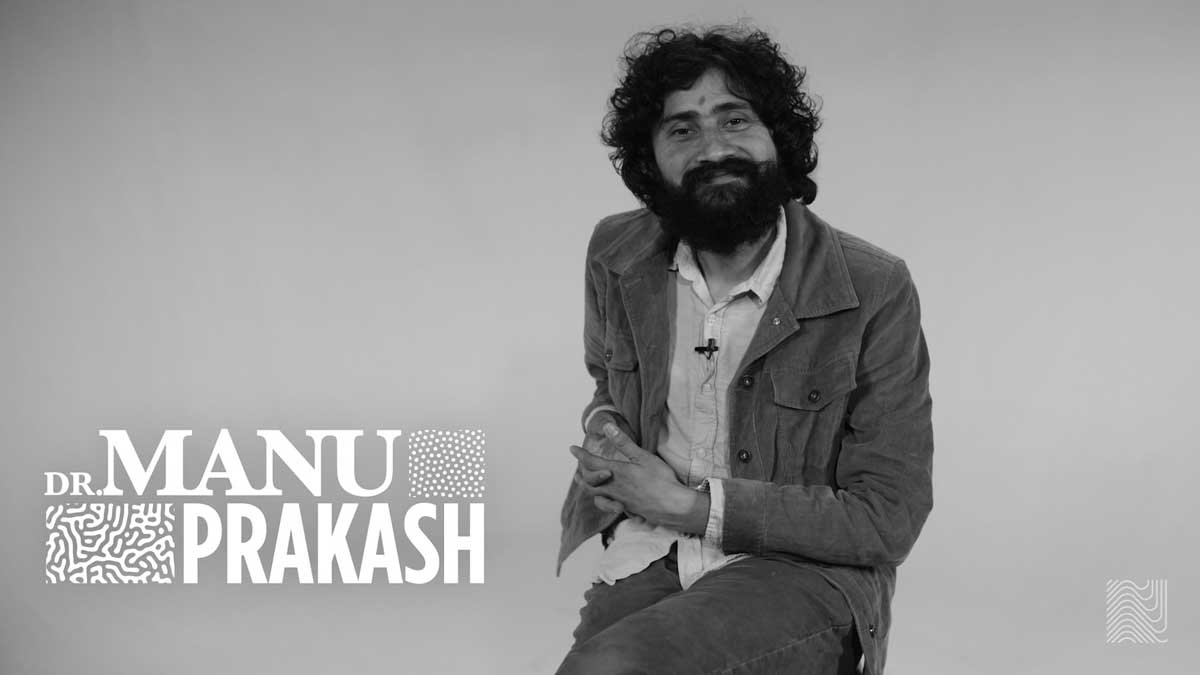
Scientific Curiosity: Finding Sublime in the Mundane
Finding Sublime in the Mundane
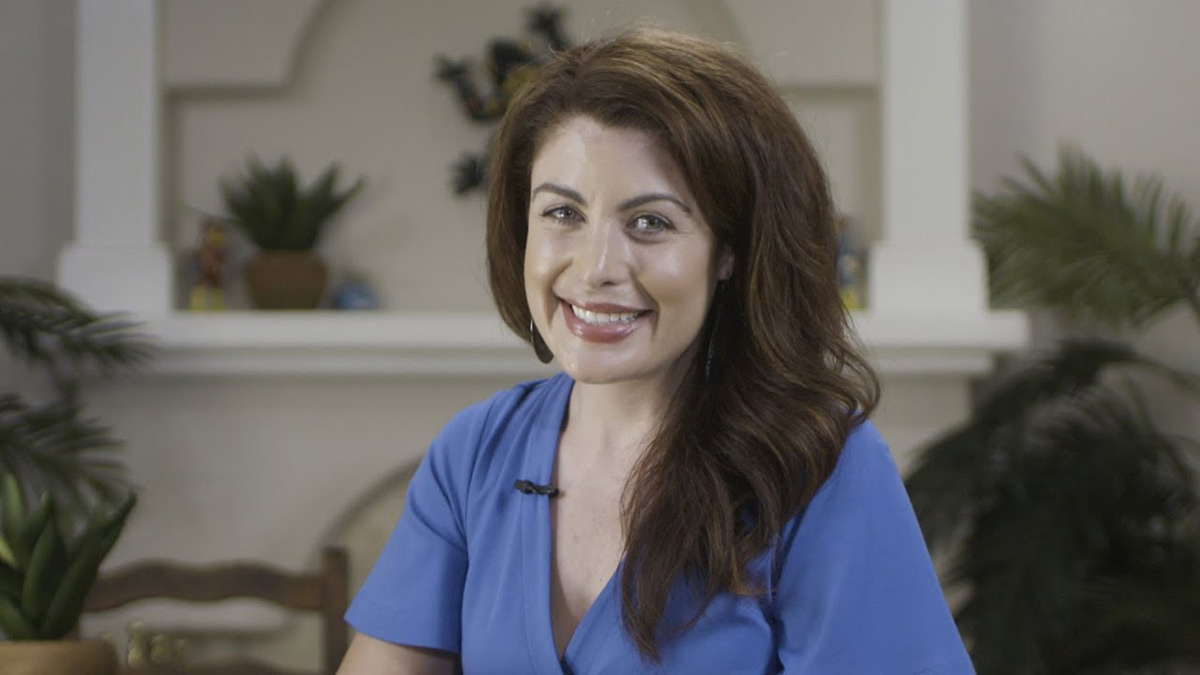
Charting an Original Path
Charting an Original Path
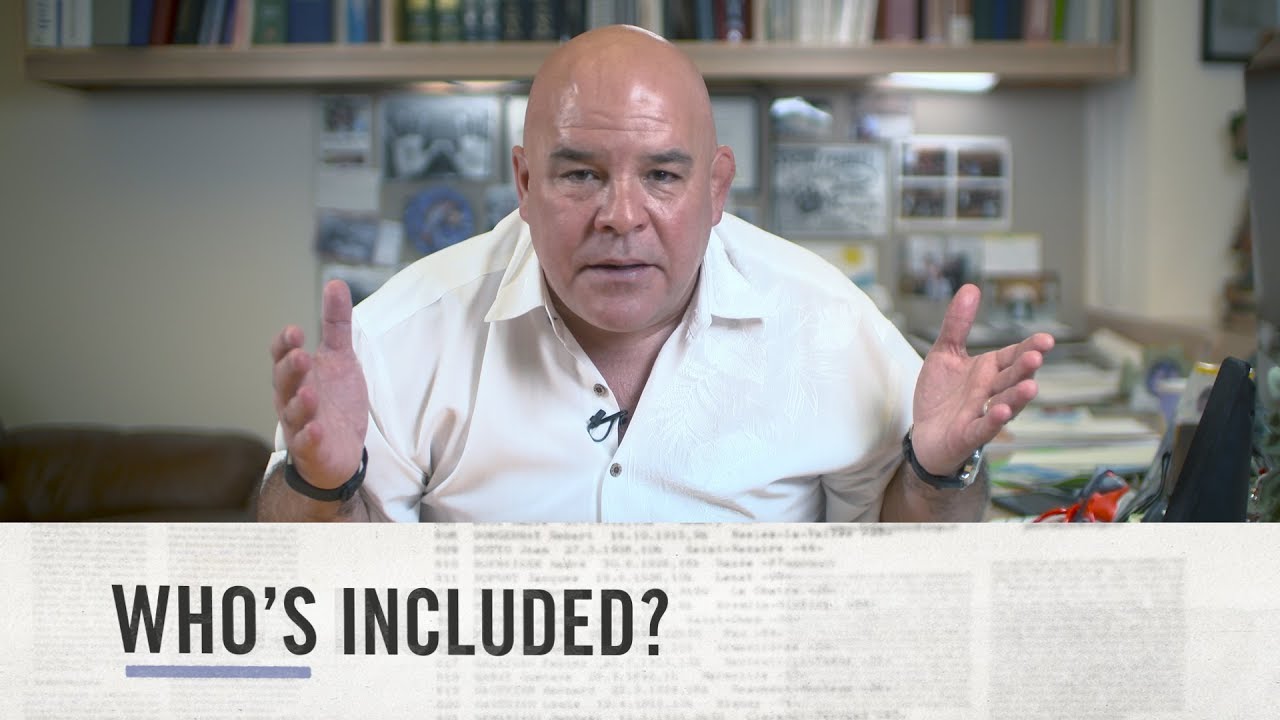
Talking about Race and Medicine
Importance of Improving Diversity and Inclusion in Science
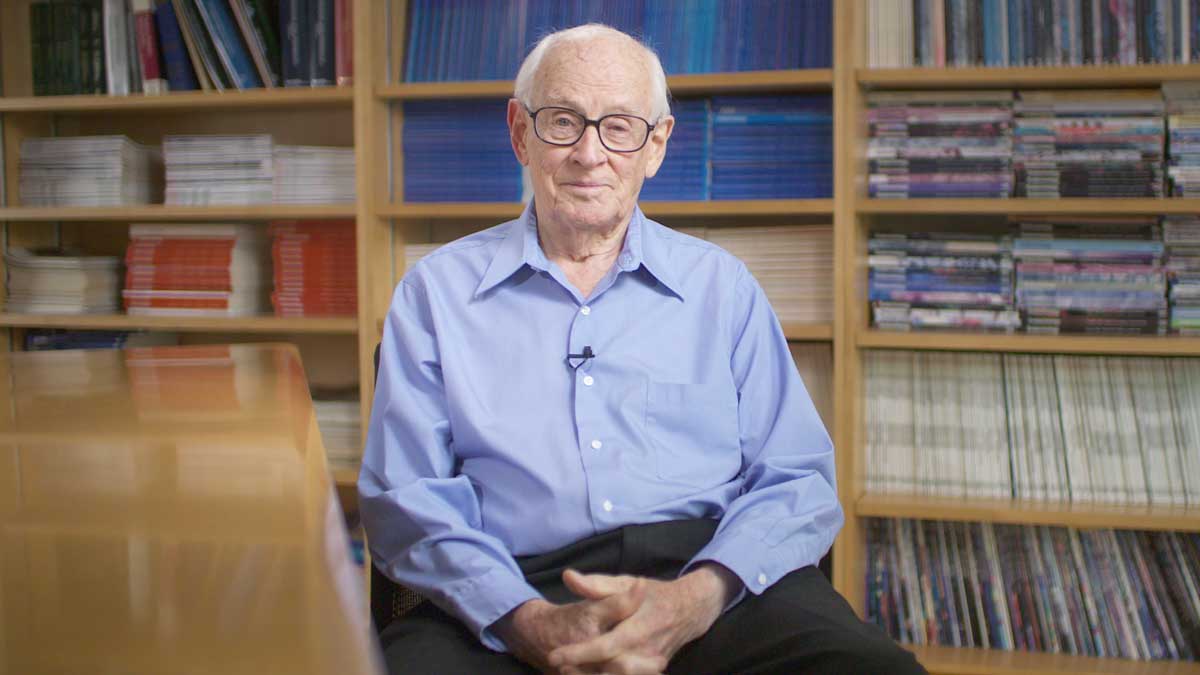
The Discovery of Lung Surfactant
John Clements details his groundbreaking discovery which has saved millions of neonatal lives
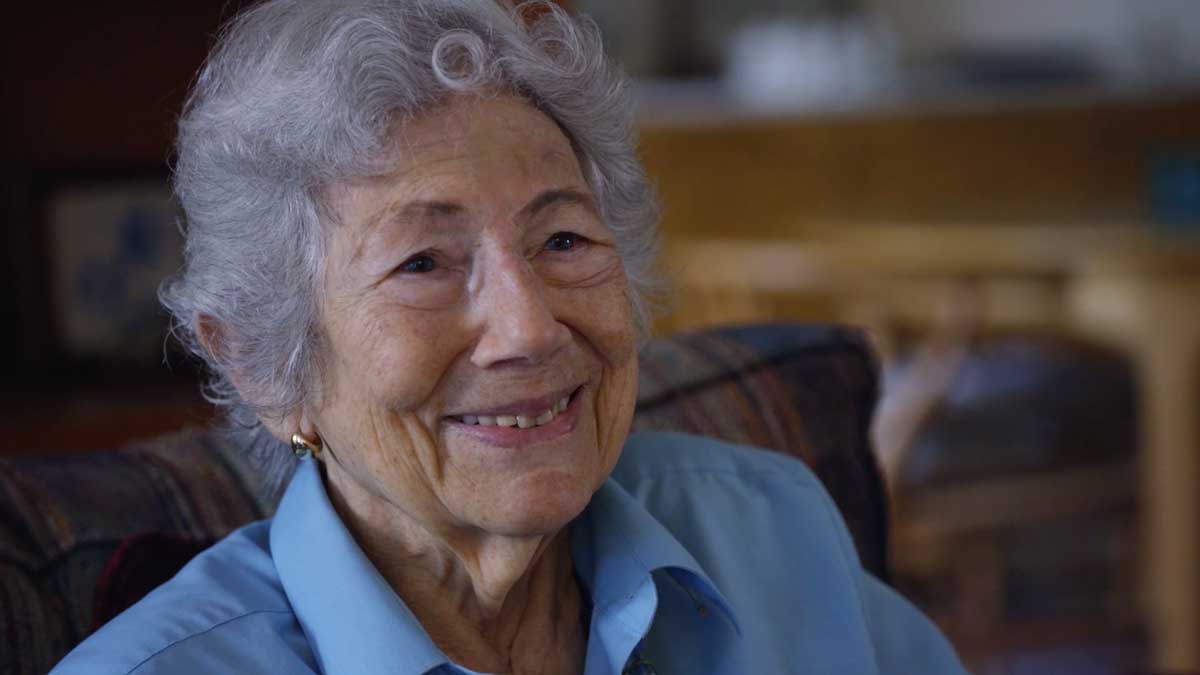
The SOS Response in Bacteria
Evelyn Witkin shares her journey to the discovery of the SOS DNA damage response in bacteria.
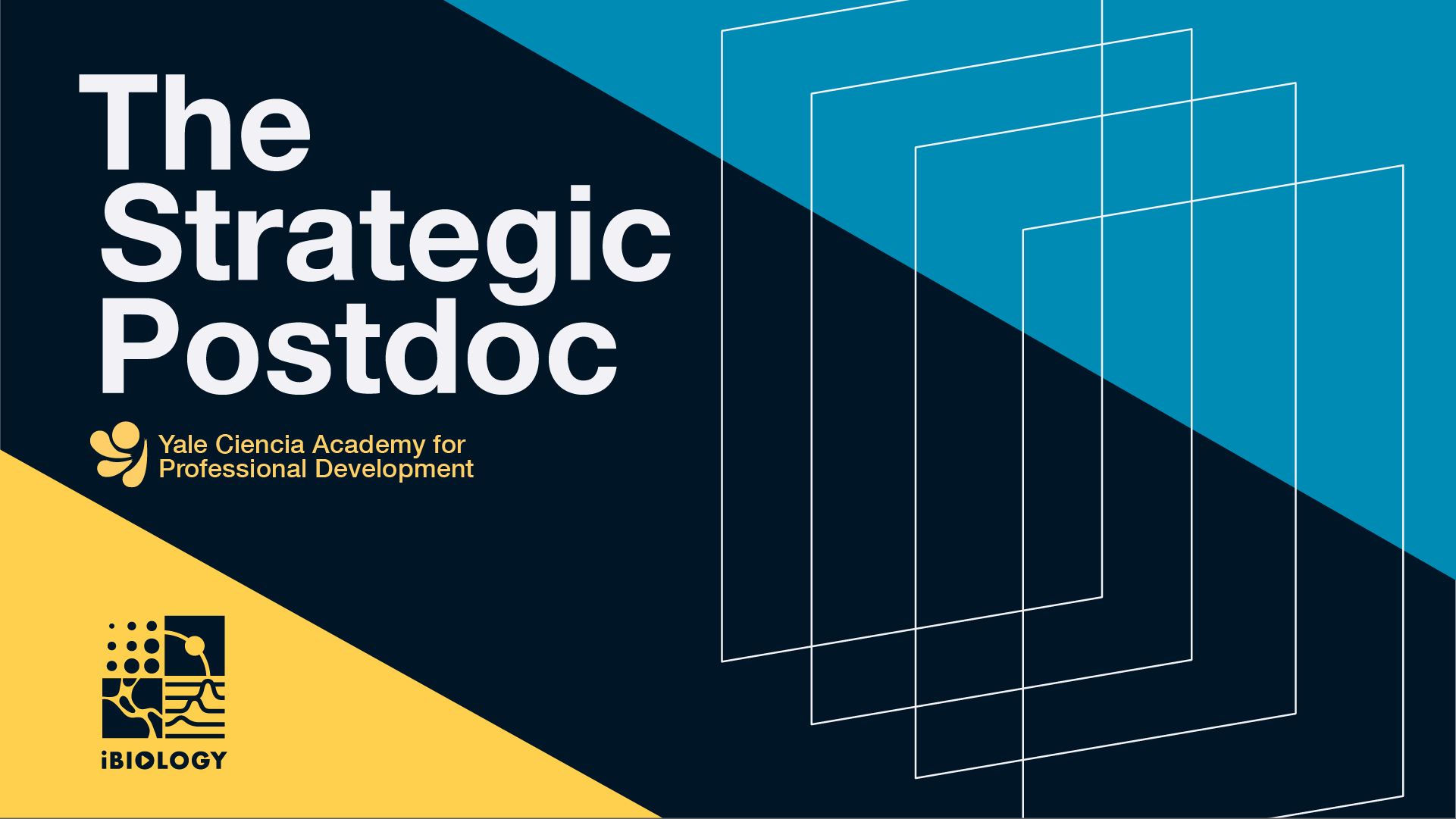
The Strategic Postdoc
How to Position Yourself and Apply for a Postdoc
